Spend your nights on tropical palm tree-lined beaches surrounded by wild macaws, sloths, and monkies: road-tripping and camping in Costa Rica is the ultimate way to discover this incredible country in Central America. Enjoy complete freedom by renting a 4×4 car to cross any river, cook your meal, and put up a tent wherever you like because wild camping is allowed. But the country also has many campsites and for those reasons camping in Costa Rica is popular.
Why camp in Costa Rica?
Costa Rica is a small country in Central America that’s the perfect size for a road trip. Within a few hours, you can find yourself driving in dense rainforests of Monteverde, through the dry grasslands around Santa Teresa, parked up on white-sand beaches near Uvita, or on refreshing highlands where cows graze the land. The country has the highest concentration of biodiversity on the planet, with countless animals to spot. Camping in Costa Rica gives you the freedom to spend time or camp at places that most tourists never see.
Get some itinerary inspiration in this 2-week Costa Rica travel guide.
Renting a 4×4 car
You can camp in Costa Rica by renting a car and bringing a tent with you. However, what’s even better is the feeling of having your entire ‘house’ with you. Nomad America rents out 4×4 vehicles with rooftop tent and camping gear to have transport, accommodation, and a kitchen all in one. You might even save some cash by traveling this way instead of following a 2-week Costa Rica itinerary.

Pros and cons of camping in Costa Rica
Camping has its downsides, but luckily, there are many more upsides to this once-in-a-lifetime adventure. Here’s our experience:
Pros
- Being close to nature: falling asleep under the starry sky, going for a morning swim on the beach and spotting wild animals every single moment of the day.
- Unique experiences with local connections.
For example, we remember Kiko, who collected coconuts out of the palm tree top for us every morning. - Go and stay anywhere you like in Costa Rica!
- Have transport, accommodation, kitchen, and, in some cases, even a shower with you inside your 4×4 vehicle.
Cons
- The sounds of nature can make it harder to sleep.
Expect animals, heavy rain or the crashing sound of the waves to wake you a few times during the night (although wearing good earplugs will help). - Always having to wear mosquito repellent.
- Miscommunications from language issues. Although you can manage without knowing Spanish it is useful to learn some basic Spanish because most people don’t speak English outside the tourist areas. Google Translate and it’s offline function will be your greatest friend!
- You’ll always have a cold shower, but you’ll get used to it quickly.
Where can I camp in Costa Rica?
Camping in Costa Rica is very popular because of the options to wild camp anywhere or spend the night at one of the many campsites available throughout the country. Hannah and I mixed the wild camping with campsites through the road trip, either for personal hygiene reasons or to have some steady WiFi.
Finding campsites in Costa Rica
You’ll find campsites all over Costa Rica, especially closer to national parks and the beaches. You can find these campsites using the iOverlander app, Google Maps, and this campsites map from Nomad America. The iOverlander app has reviews per campsite from users, as well as filters you can apply to find wild camp spots and campsites. On top of that, it will show the available facilities on site.
Read about the best beaches in Costa Rica.
Most campsites have a kitchen, (cold) showers, and toilets and cost about 5000 Colones (± 8 USD) per night. Getting WiFi is a bit more complicated, but the connection with a sim card works at most places. We recommend getting a Movistar sim card because that has a better connection than Claro (in 2022). There has been a huge growth in available campsites, and the infrastructure is fine but should not be compared to popular camping countries like France.
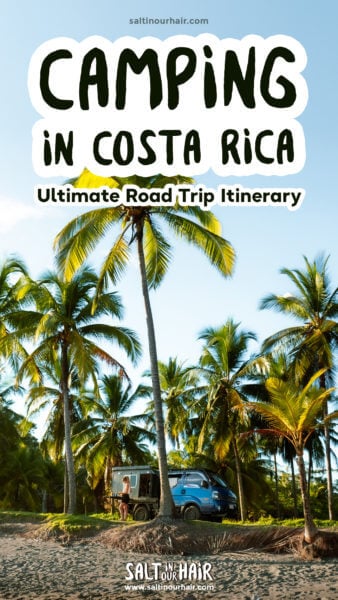
Is camping in Costa safe?
You might be wondering, ‘Is Costa Rica even safe for camping?’. Yes, Costa Rica is generally considered a very safe travel destination. However, that doesn’t mean you should leave all your doors open and items in eyesight. Like in most parts of the world, there’s always one person that might take the opportunity to steal. Wild camping instead of staying at campsites can bring risks of people asking for money. Inform your rental company in Costa Rica what they advise, and check the iOverlander app for reviews. But if you apply the basic rules and follow your gut instinct, you will have the time of your life!
Here are our tips for traveling safe.
Camping in campsites will increase your safety compared to wild camping. From our experience, both options are safe, but stories from others are that wild camping is not always safe.
Tip: The Google Translate app is extremely helpful if your Spanish isn’t that good. It has a camera option that translates full sentences in seconds.
But what about dangerous animals?
You will encounter many animals in Costa Rica. Luckily, most of them are not dangerous. Whenever you enter and leave your tent or cabin, check the surroundings and avoid stepping into any overgrown grass and bushes.
Within our 3 weeks of camping, we didn’t come into contact with any dangerous animals. We did see snakes and spiders, but that’s when we went searching for them, specifically in Manual Antonio National Park and Tortuguero.
Is wild camping allowed in Costa Rica?
Yes, it is allowed to wild camp in Costa Rica. However, be aware that most police will not allow you to camp right on the sand but just behind it. Most of the time, you will have shadows from trees which is better anyway. Camping on the beach is forbidden by law, but we think it’s for two crucial reasons. The first one: safety. High tide waters will cover most beaches, making it extremely dangerous to camp. The second reason: wildlife. The weight of your truck will crush whatever’s living below the sand like sea turtles, as in Tortuguero.
Did you know: Costa Rica has a law that does not allow new constructions within 50 meters of the high tide. Those meters belong to the people!
Things to know when camping in Costa Rica
Camping in Costa Rica in a 4×4 is one of the best adventures in Central America. There are things to know beforehand to make your camping experience much easier.
Camping and campsite facilities
Remember that you will not have a toilet when wild camping. All campsites have cold showers, which can be a challenge, especially in the highlands, where it’s cooler outside.
Charging your equipment can also only be done at campsites or restaurants. Your 4×4 may include a charging device so you can recharge items throughout the day. Take a power bank, so you always have some extra power available.
Arrive before dark, so you have time to set out your camping gear. Cooking at night can be difficult if you first have to unpack everything. Park under a tree, so you always have some shade. This way you won’t wake up because of the hot sun in the morning.
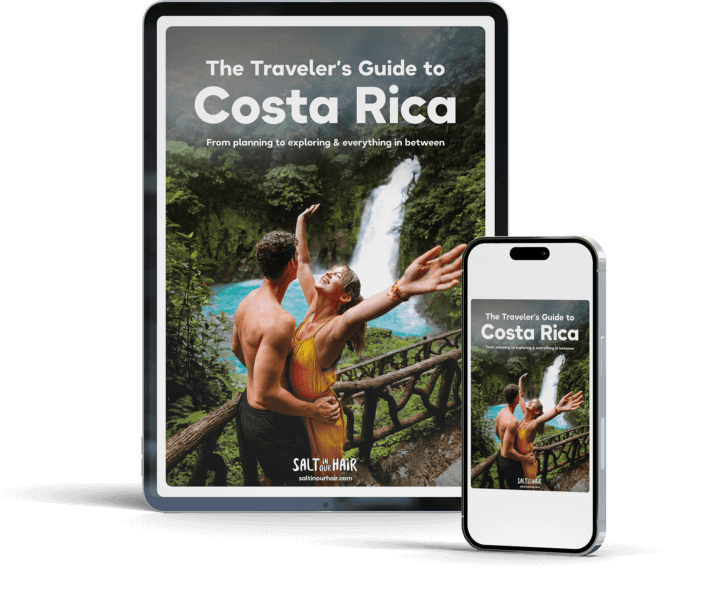
Payments
All payments are done in Colones (CRC) and accepted in cash or credit card. Convert your local currency to Colones with a Wise card to avoid unnecessary exchange rate fees. You can use that card to withdraw Colones from the ATM in Costa Rica or pay by card at pretty much all the shops. Some restaurants charge USD by default, but it will significantly affect the total bill if you ask them to charge you in Colones. Get a Wise card here; it’s free!
Some good ATMs in Costa Rica are Banco Nacional, BCR, Citibank and Scotiabank.
Driving in Costa Rica
Drive between the clouds in the highlands and spend the night at a beach; this is the freedom of driving in Costa Rica! Good roads and good infrastructure make it really easy to drive in this country. Most routes to the major destinations are well-paved, and you don’t need a 4×4 to drive there. However, when camping in Costa Rica, a 4×4 car is required to get to the unique camp spots that are mostly only accessible by rocky roads.
We recommend to rent a car in Costa Rica through Sunny Cars with free cancellation and insurance included. Book your rental car here.
Some main roads require a small toll payment (cash only). The max speed is about 60-80 km/h because of the many animals that may cross the roads.
Use the navigation app Waze to get from A to B because it gives better route options than Google Maps. Use Google Maps for offline maps: download the map of Costa Rica within your app, so you always have navigation.
Be insured before driving in Costa Rica to protect yourself from the risk of damage from potholes or collisions. Get a travel insurance here.
Food
Instead of eating at restaurants two or three times a day, plan to cook for yourself when camping in Costa Rica. This will drastically cut down the expenses of your road trip. Shop at local markets for regional fruits and vegetables, and all other items can be found at the supermarkets. A full cart for two people at the supermarket costs about 50.000 Colones (± 80 USD) on average, and that’s nothing compared to eating at (non-local) restaurants where you pay between 15.000 – 30.000 Colones (± 24 – 47 USD) for just one meal for two people.
You can get many items like eggs, pasta, rice, yogurts, beer, and wine at the supermarkets. The 1820 grounded coffee is delicious drip coffee. You can also get local fruits and veggies cheap at the small shops on the side of the road.
Tip: In Costa Rica, water is free and drinkable in most parts of the country. We bought a 10 liter water bottle at the supermarket once and refilled this entire road trip!
Internet & Data
The best sim card providers in the country are Movistar, Claro, and Kolbi. In our experience, Movistar has the most solid connection throughout the country. Costs for this are 10.000 Colones for 5GB. (± 15 USD) You can purchase an (e)SIM online here.
Camping in Costa Rica with Nomad America
Nomad America rents out 4×4 cars in all sizes equipped with a rooftop tent or a cabin to sleep in. Their vehicles are fully equipped with all necessary camping gear like cutlery, pots and pans, a stove, a table, chairs, a Costa Rican coffee dripper, and sometimes even a hammock and shower! Additionally, a phone with a connection can be provided as a WiFi hotspot.
You can reach Nomad America 24/7 through a Whatsapp group with all your questions during your camping road trip. You are only allowed to drive cars if you’re 18 or older.
The small cars are suitable for two people, but if you’re with more than opt for a larger car. Prices range from 80 USD to 196 USD per day.
4×4 Truck Camper from Nomad America
We rented the Kia 4×4 Truck Camper from Nomad America that we nicknamed ‘The Blue Beast’ on our Instagram during our road trip. It had a cabin with sleeping space, a fan, lights, and charging points. On the outside, there was a huge water tank to use as a shower or for cooking, and a cool box in the back kept all of our groceries fresh and cold.
The Blue Beast made it possible for us to camp anywhere in Costa Rica. It was ultimate freedom in Costa Rica – a unique experience we will never forget!
How much does it cost to camp in Costa Rica?
The costs for traveling in Costa Rica are generally higher than you would expect. Eating at restaurants and renting accommodation is the most significant portion of your budget. Luckily, if you camp in Costa Rica, this can be done quite cheaply.
Below are our (two persons) expenses for traveling and camping for 3 weeks in Costa Rica with a 4×4 from Nomad America. Please note that we drove their largest car at 135 USD per day, but others start at 80 USD. Note that the prices change with the season.
Our expenses for 21 days camping:
- Car: 2,835 USD
- Food: 500 USD
- Gas: 120 USD
- Campsites: 85 USD
- Total: 3,540 USD
This excludes any entrance fees to waterfalls or tours at national parks.
It might seem like a lot. However, if you calculate the cost for a ‘normal’ 3 week Costa Rica itinerary, it will be equal or even cheaper.
Costa Rica camping itinerary
A camping itinerary in Costa Rica is different from the standard 2-week Costa Rica itinerary because you can go wherever you like! Below is our ideal 3-week itinerary, including (wild) camp spots that we loved.
- San Jose (Arrival) > Bajos del Toro
- Bajos del Toro (camp at Paraiso Manantiales)
- La Fortuna (camp at Lagos del Rio)
- La Fortuna
- Rio Celeste (camp at Villa Celeste Katira)
- Lake Arenal (Camp at Camping La Tronadora)
- Monteverde (Camp at Camping Tino y Carmen)
- Monteverde
- Camp at Esterillos Beach
- Manuel Antonio (We didn’t find a campsite nearby so spend a night in a hotel)
- Visit Nauyaca Waterfalls
- Uvita (Camp at El Tecal)
- Uvita
- Corcovado (Camp at Camping Adonis or at this beach)
- Corcovado National Park
- Corcovado National Park
- Towards Puerto Viejo with a night in Orosi
- Puerto Viejo (Camp at Playa Cocles or Camping Arrecife)
- Puerto Viejo
- Puerto Viejo
- San Jose (Departure)
The incredible team at Nomad America will also help you out by giving advice when planning your camping road trip with them.
What to Pack for a camp trip in Costa Rica?
Camping in Costa Rica isn’t only sunshine; there can be many different weather conditions throughout the day. (Read here about the best time to visit Costa Rica) But don’t worry, if you come prepared with the right items, it will make your road trip a lot easier. Here are some necessary things to pack when camping:
Packing List
- Flip-flops – To use at the shower on the campsites and that you can keep outside the tent without worrying about them if it rains.
- Take layers – Layers of clothing are essential to add or remove items when the temperature changes.
- Quick-dry clothing – You can be almost certain to have a little bit of rain during your trip to Costa Rica. Take clothing made of fabrics that dry quickly because items take very long to dry due to the humidity.
- Universal travel plug – Make sure your items can be charged by the Costa Rican power sockets by bringing a universal plug.
- Microfiber towel – Similar to quick-dry clothing, it’s extremely useful to take microfiber towels as they dry much faster and are incredibly lightweight. (Get one here)
- Waterproof backpack – Keep your valuables dry in a waterproof backpack or a rain cover that comes with your bag.
- Raincoat – The final item for rain is a waterproof jacket/raincoat. Some of them can also be easily folded into a package that you can take anywhere.
- Hat – Luckily, there are also a lot of sunny moments. For that, take a hat/cap to protecth against the sun for the hikes you will be doing.
- Long socks & trousers – For some hikes, night walks, or evenings outside, you might also want to take long socks and trousers to cover your legs and prevent being bitten by mosquitos.
- Good footwear – Good walking shoes/sneakers/sandals is an absolute must. Hikes can be somewhat challenging with muddy or rocky paths. It’s not smart to wear flip-flops here.
- Earplugs – Your nights can be disturbed by animal sounds, music, or when camping, the sound of the waves. Earplugs save your night’s rest.
- Camera – Capture memories of your time in Costa Rica with a waterproof camera like a GoPro, or get good protection gear for your camera so you won’t have problems during an unexpected shower.
- Power bank – For the long hikes, power outages, or moments in the jungle, it’s helpful to have a power bank to recharge your phone. (Get one here)
Packing Sustainable Items
- Insect repellent – Bring an insect repellent but get a non-toxic product, so it doesn’t harm nature or animals.
- Sunscreen – An obvious addition to that is also sunscreen. We recommend a product without toxic ingredients, so it doesn’t harm the environment. (Read about alternative sunscreens here)
- Refillable water bottle – Water is drinkable from the tap in almost all of Costa Rica except secluded locations like Tortuguero. No need to buy plastic bottles, refill instead!
- Stainless steel straw – Coconuts are available everywhere in Costa Rica. Carry a stainless steel straw with you and avoid plastic or single-use straws. Pro-tip: With stainless steel, you can scrape out the delicious inside of the coconut too.
- Reusable bag – Don’t take plastic bags when purchasing fruits or other items. Instead, carry your own!
By purchasing through our links, you support us at no additional cost.
Thank you for your support. ♥️
- Find Hotels via Booking.com
- Find a Rental Car via Sunny Cars
- Find Flights to Costa Rica via Skyscanner
- Get a Travel Insurance via Heymondo
- Book Tours & Attractions via GetYourGuide
- Book a Bus/Train/Transfer via 12Go
Looking for more travel information? Plan a chat with us for personalised travel advice or get an answer from the Salt in our Hair Travel Community on Facebook.

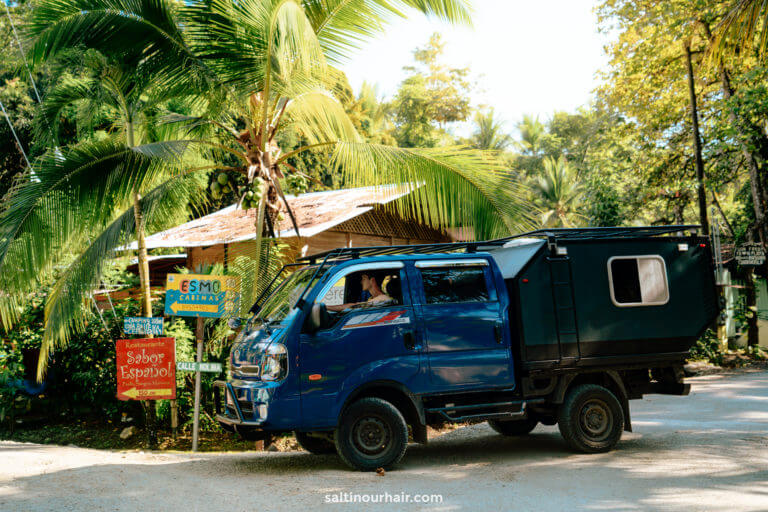
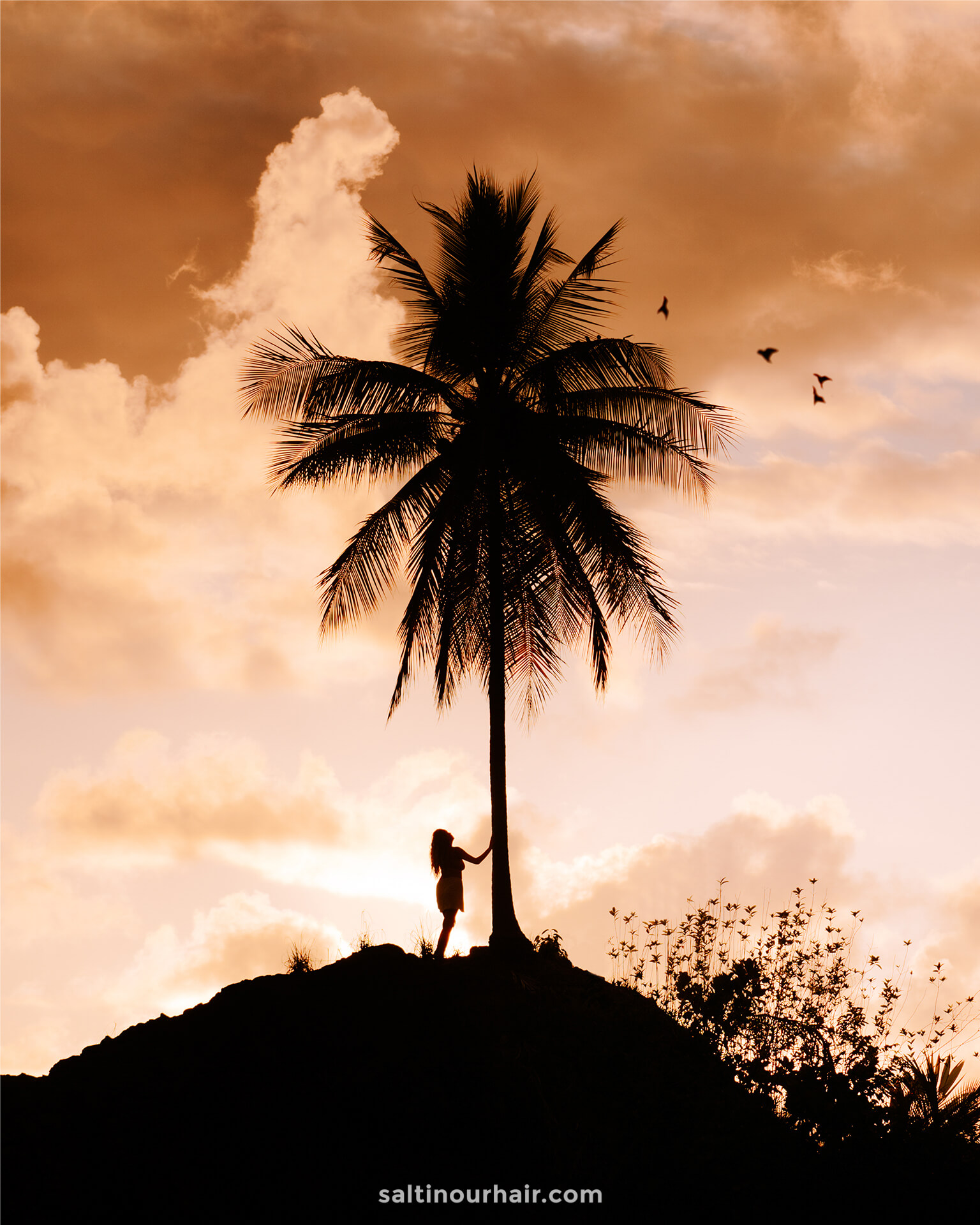
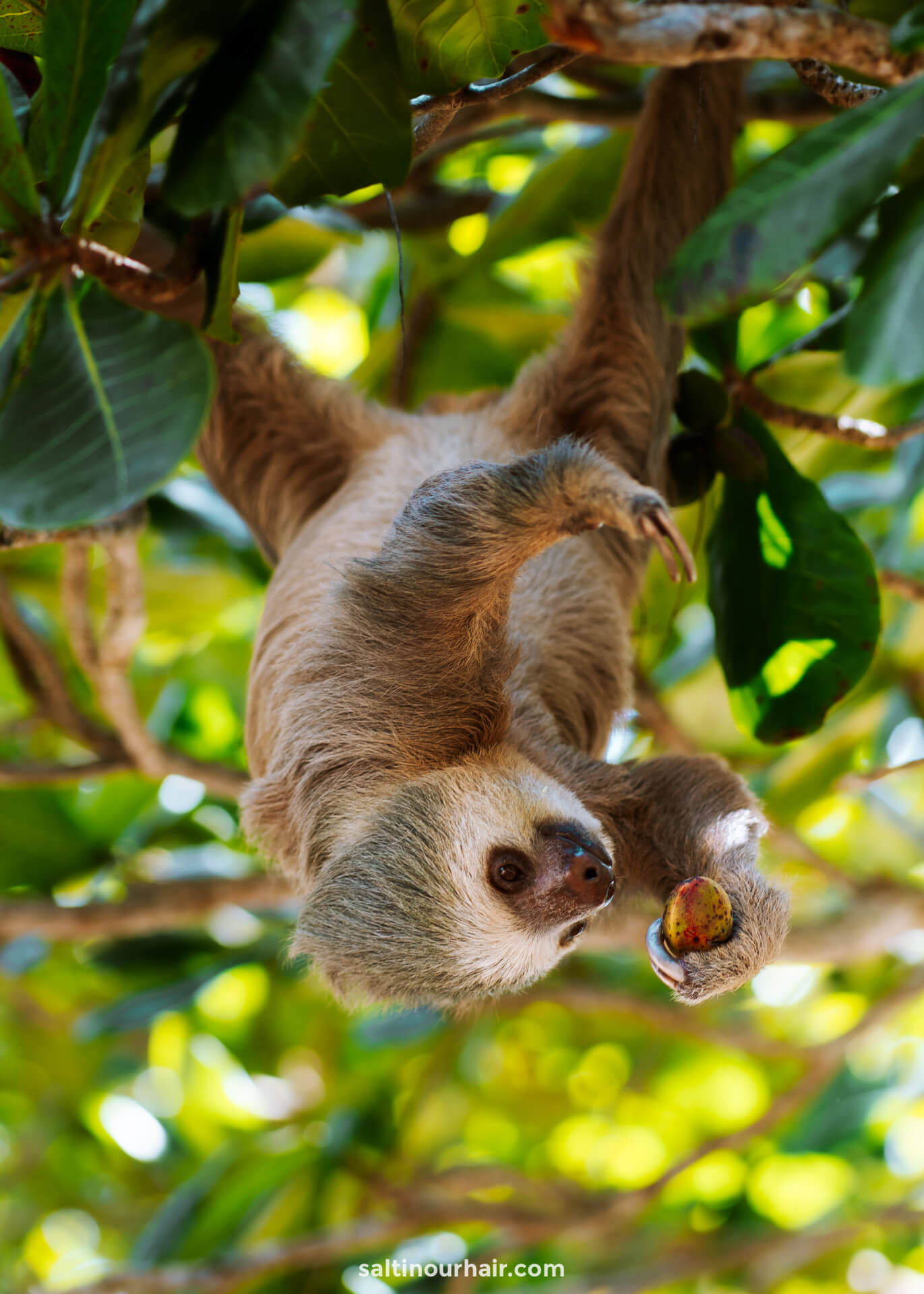
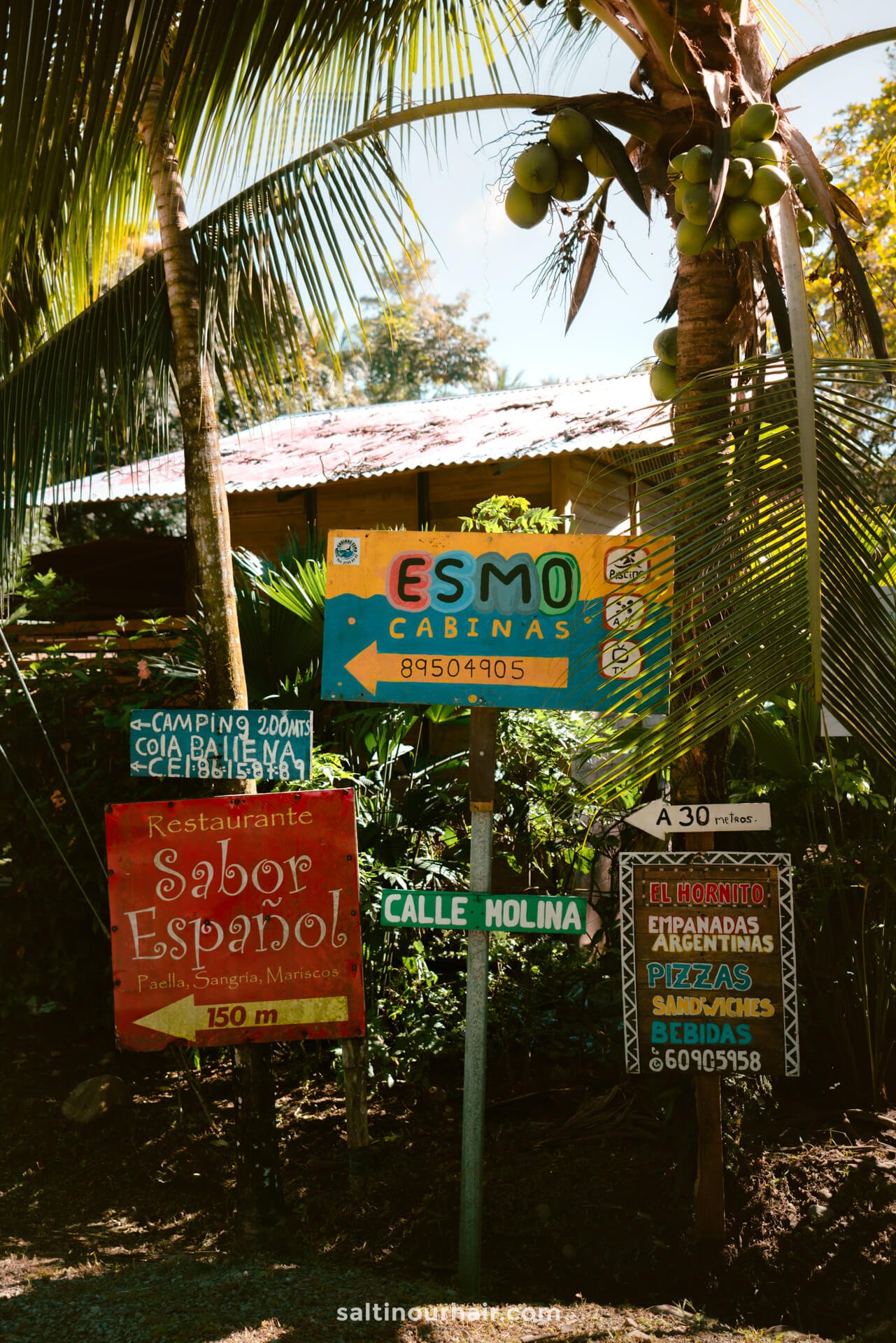
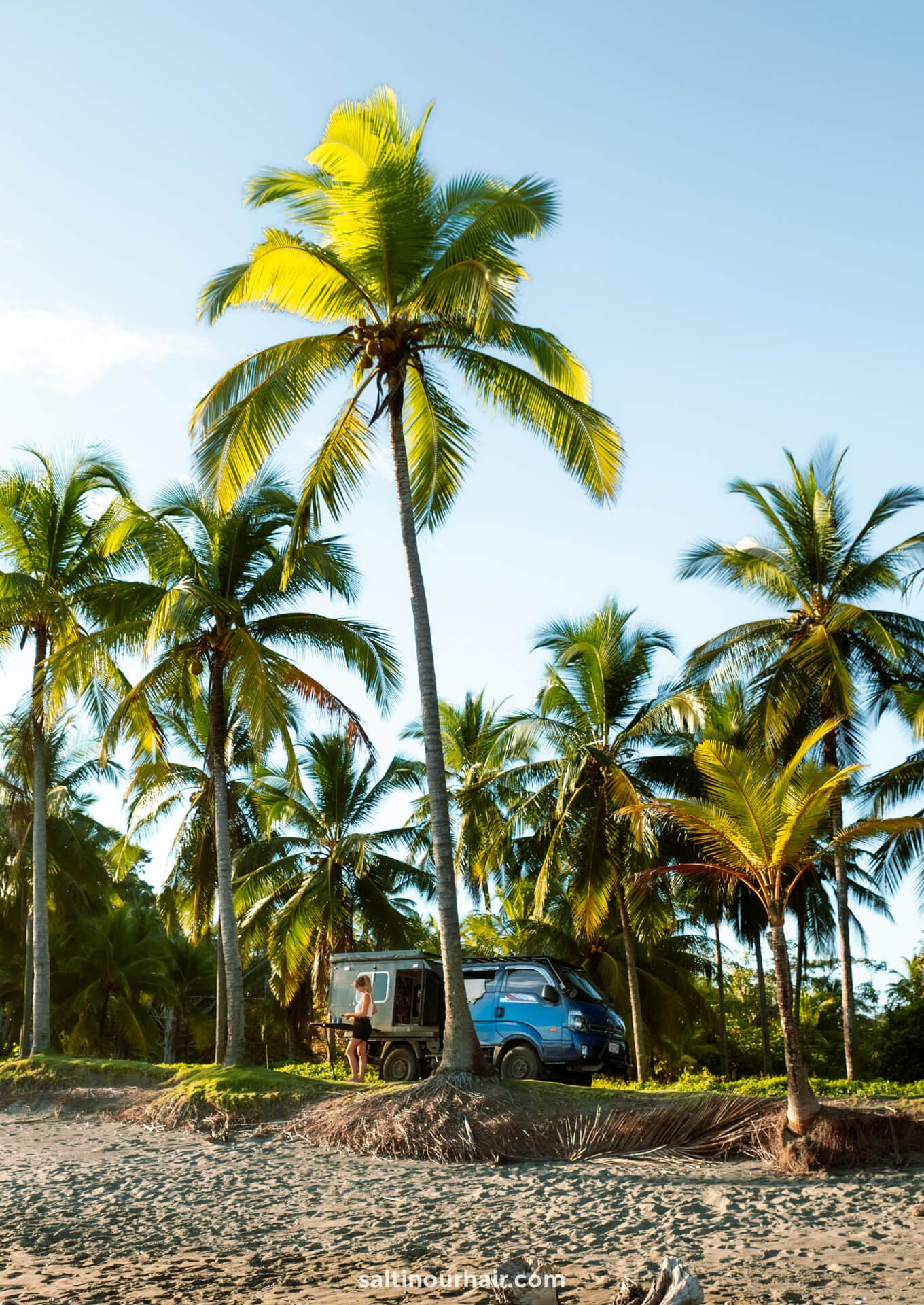
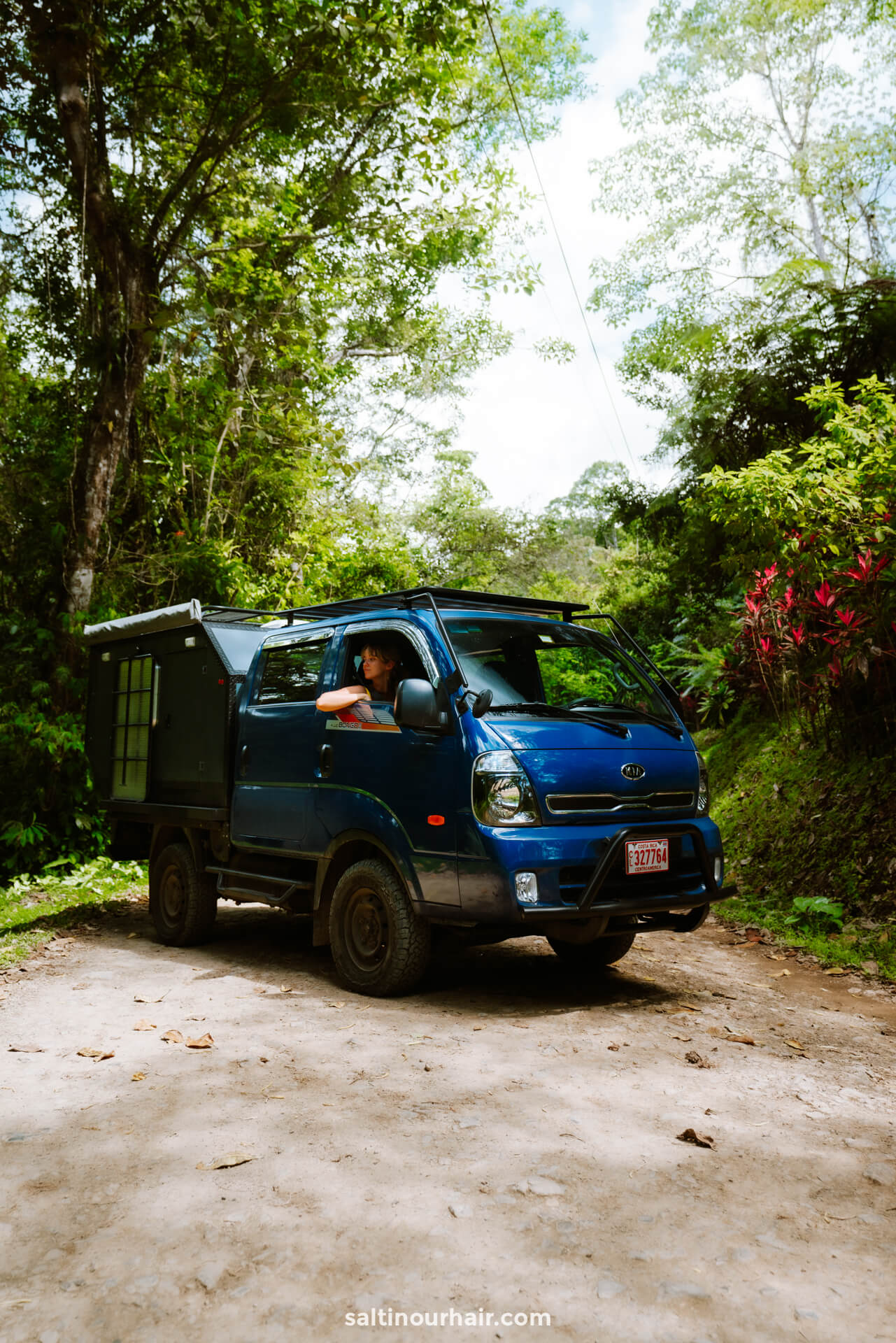
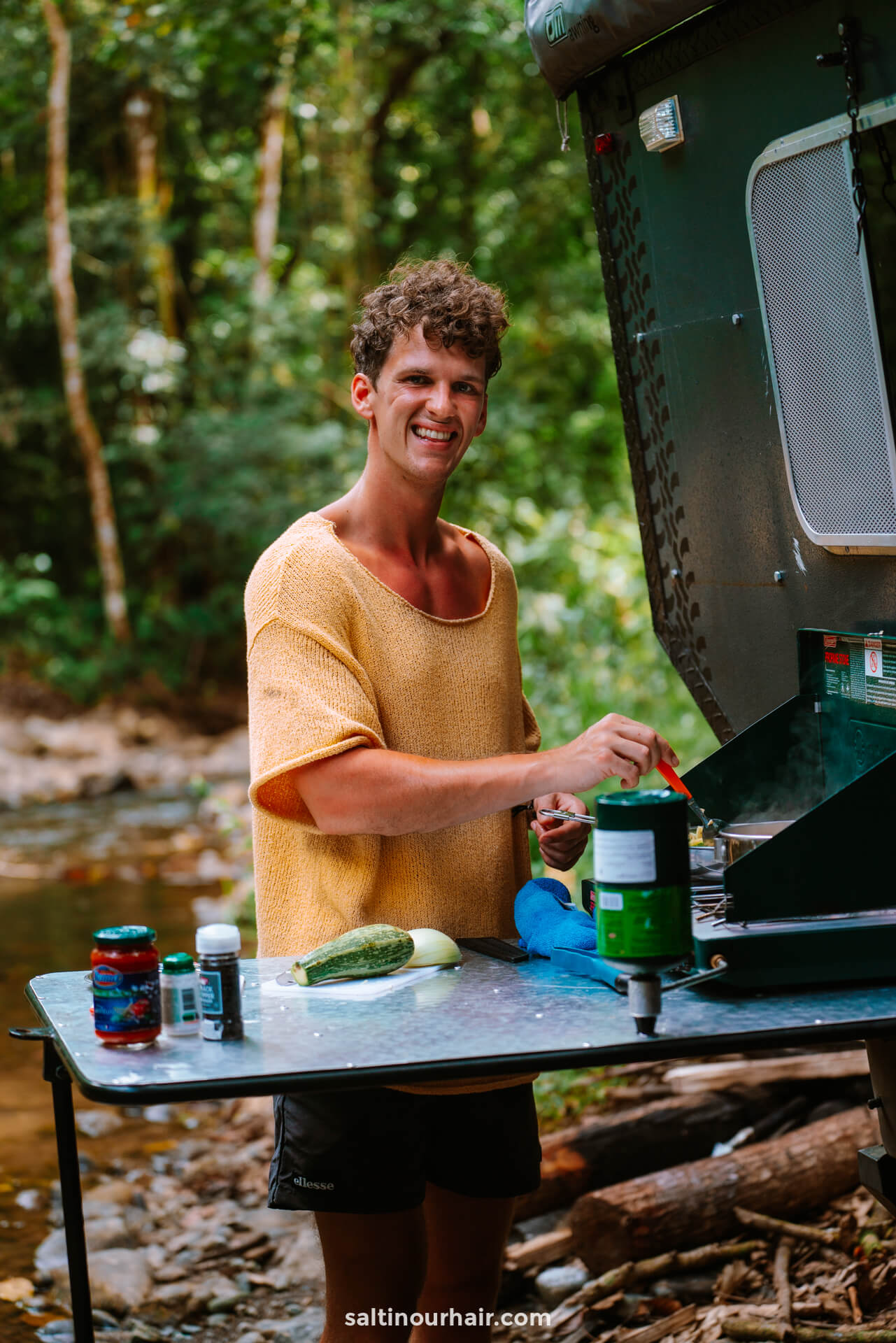
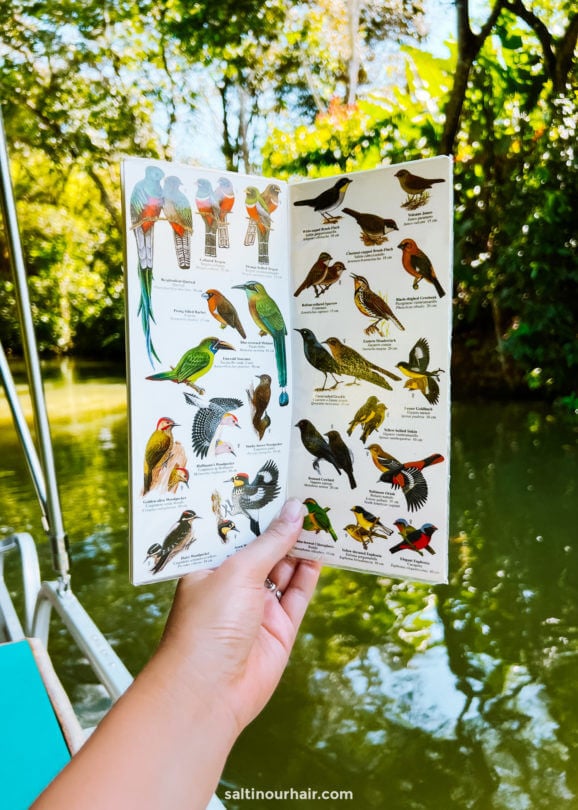
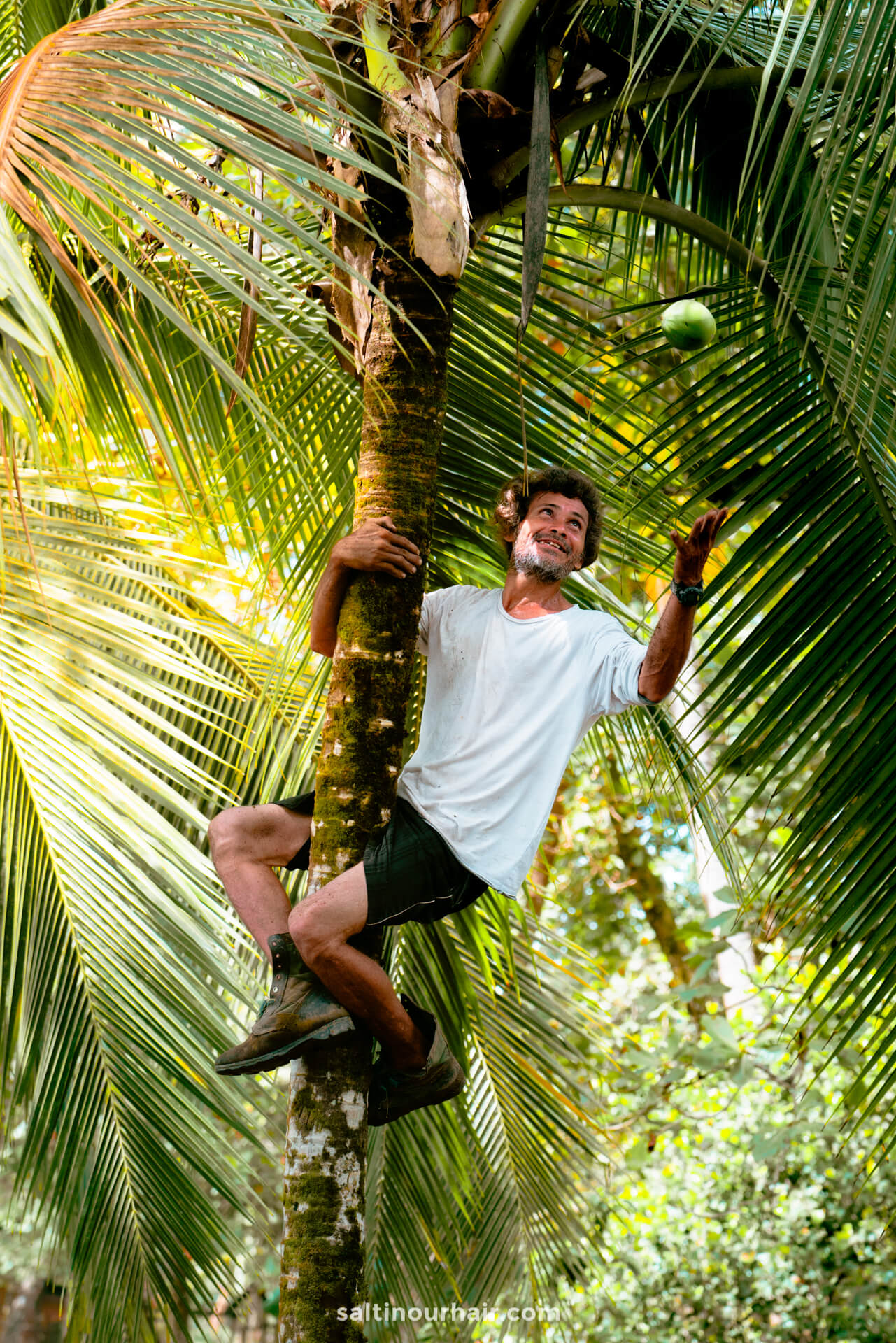
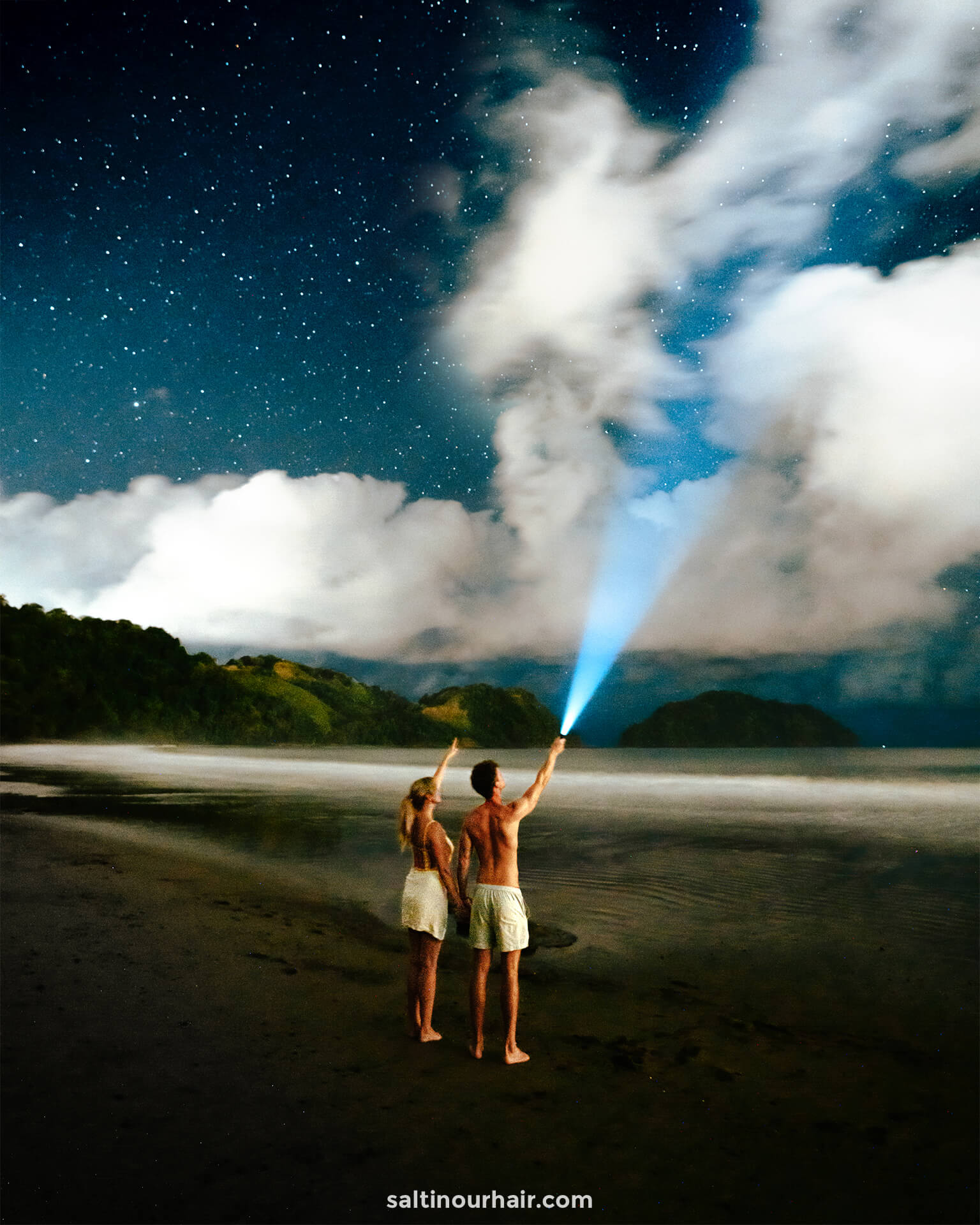
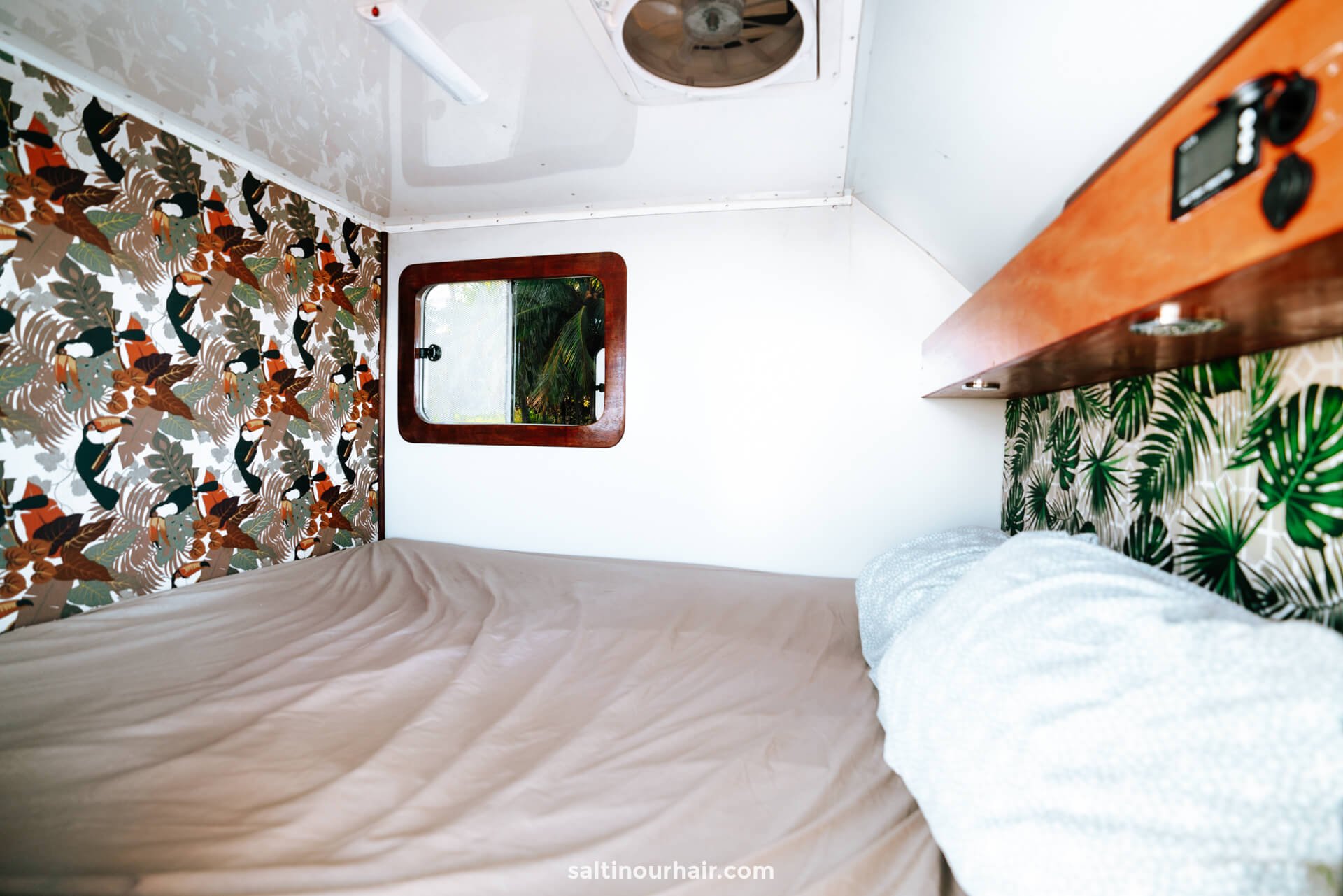
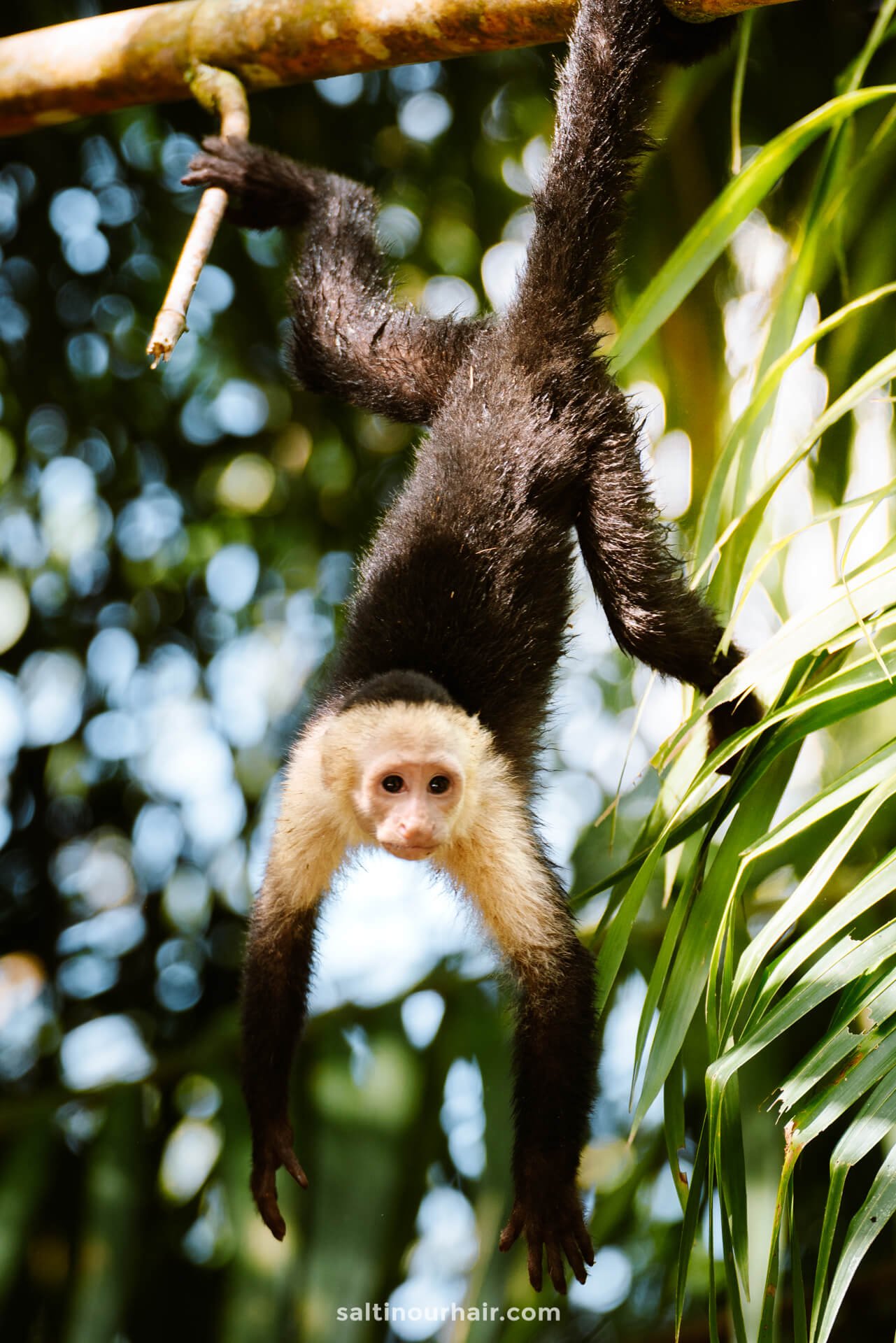
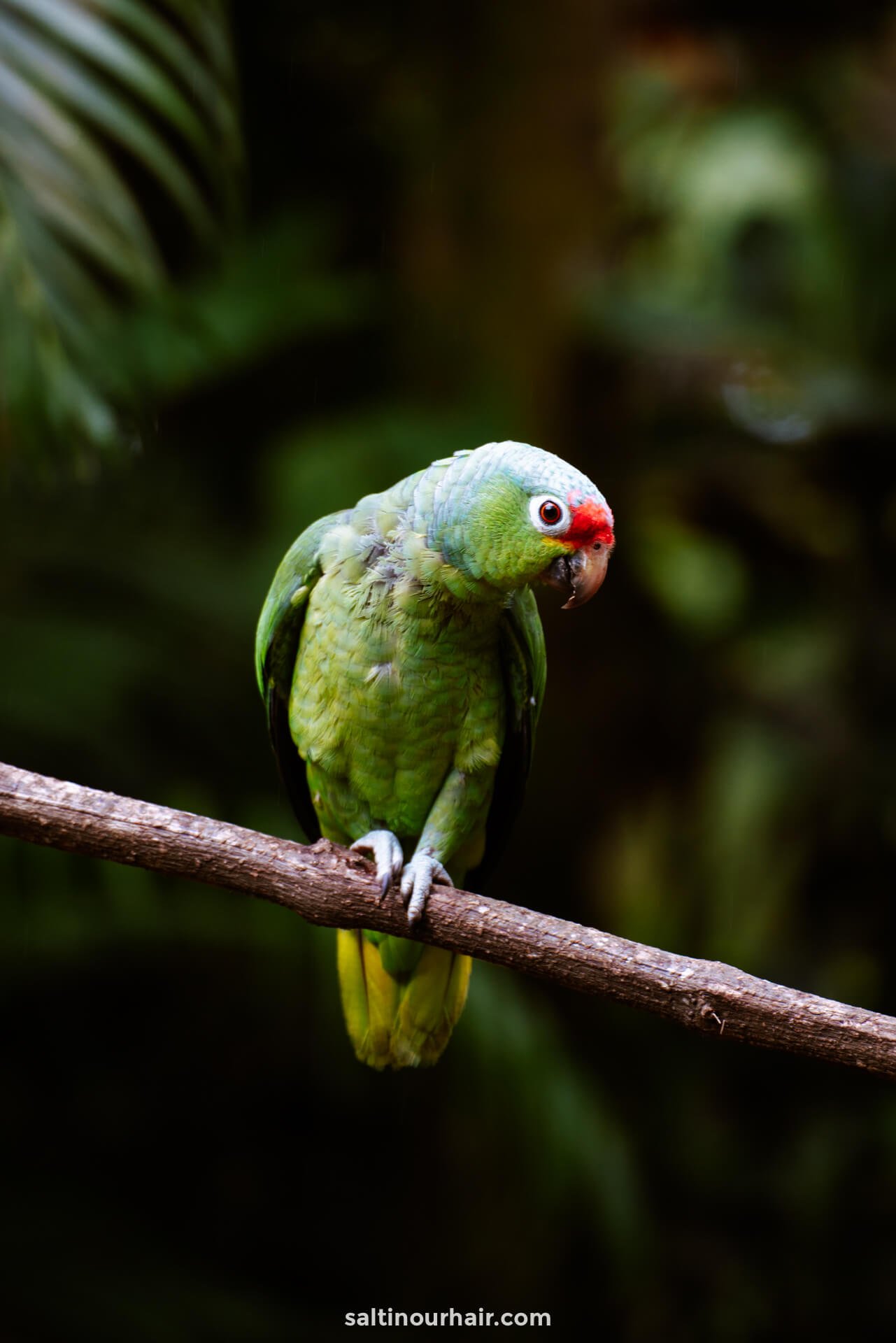
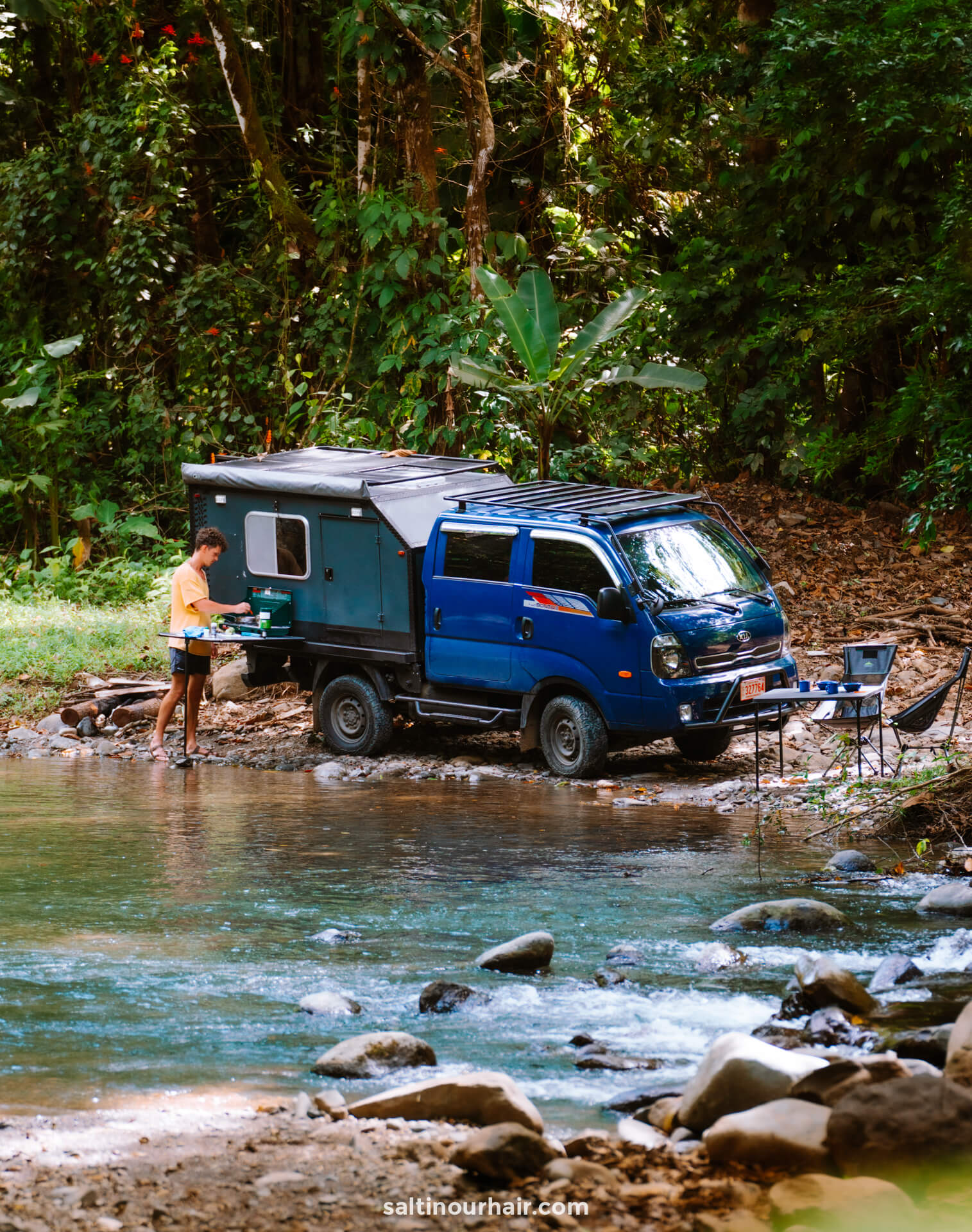
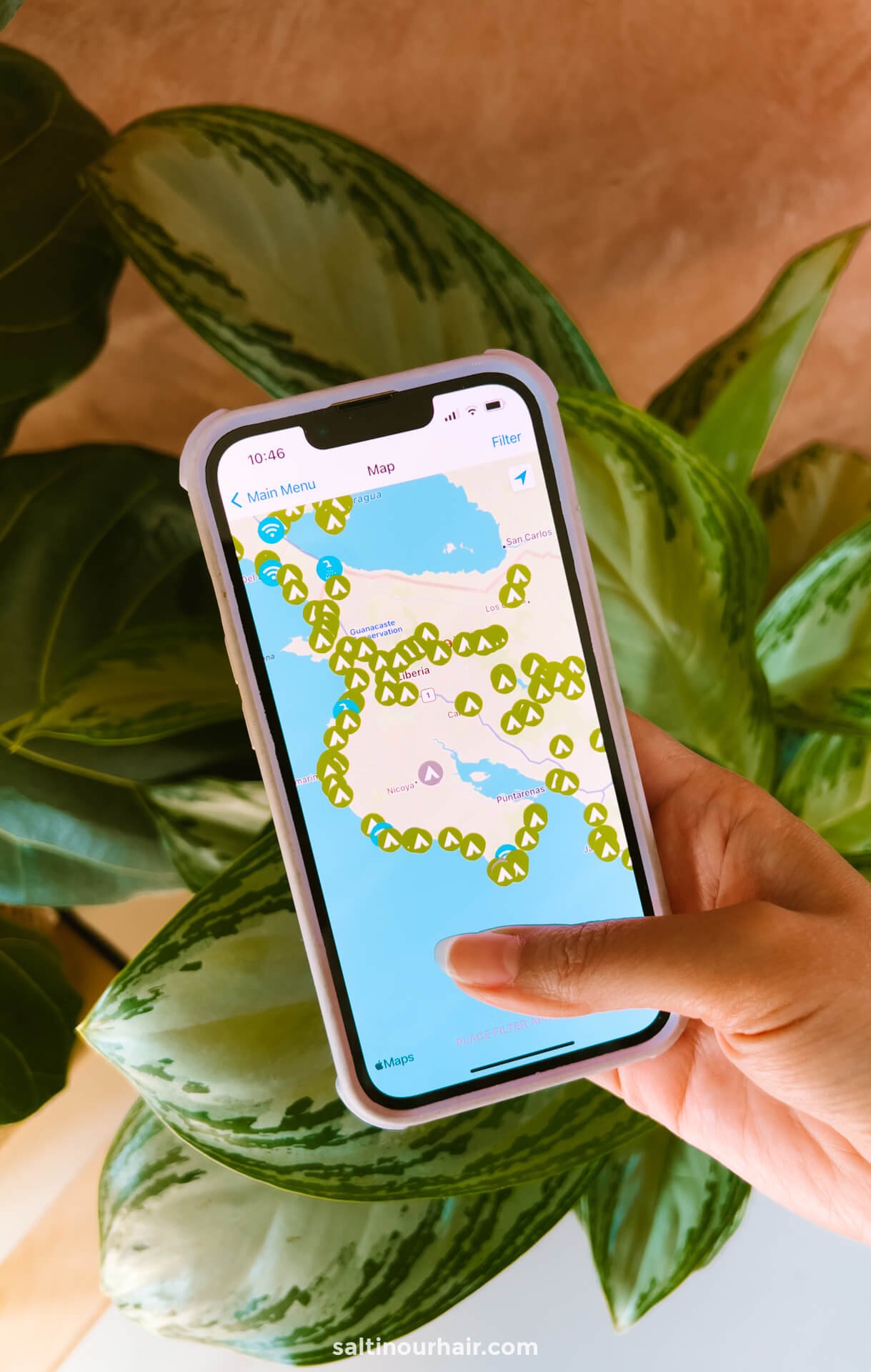
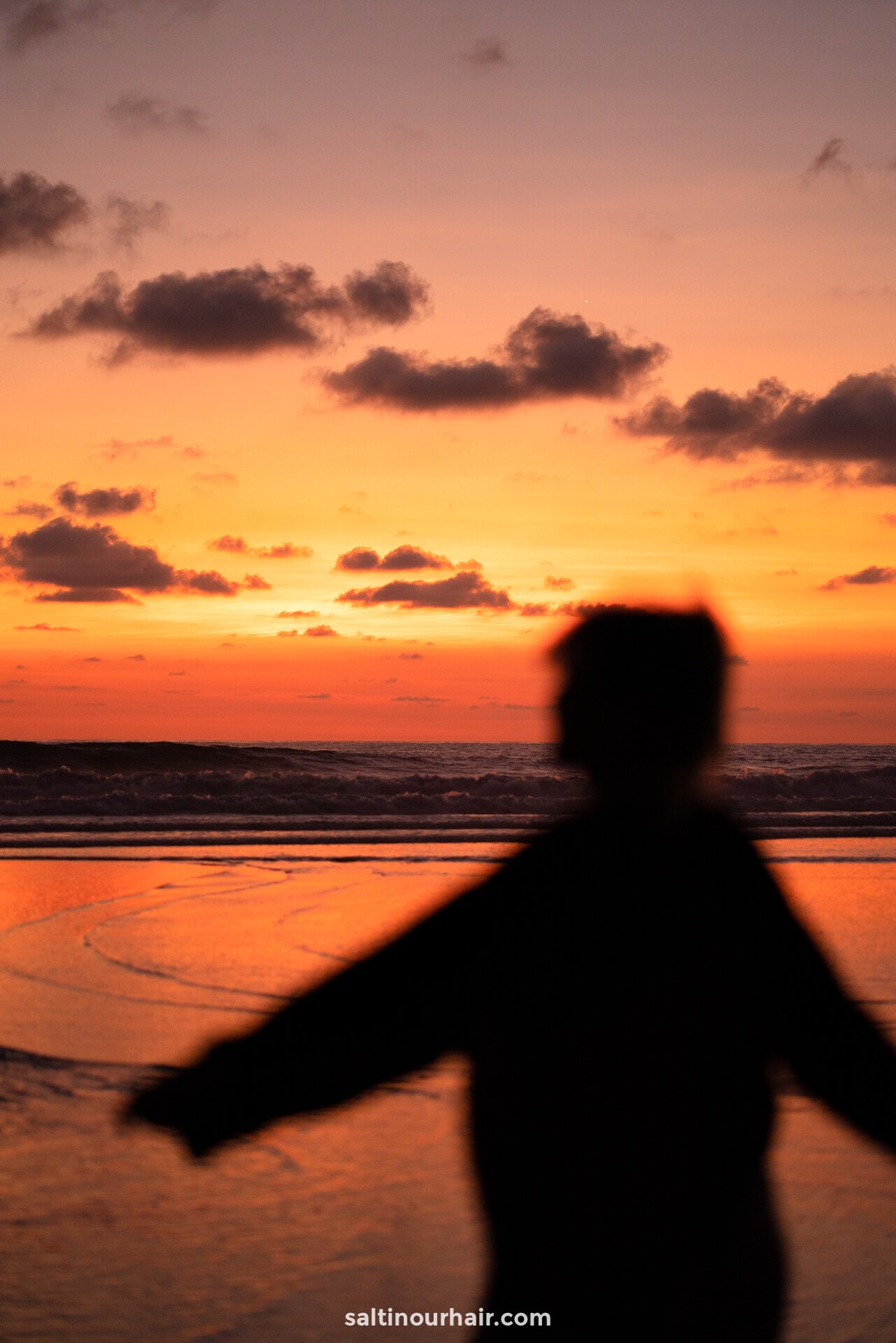
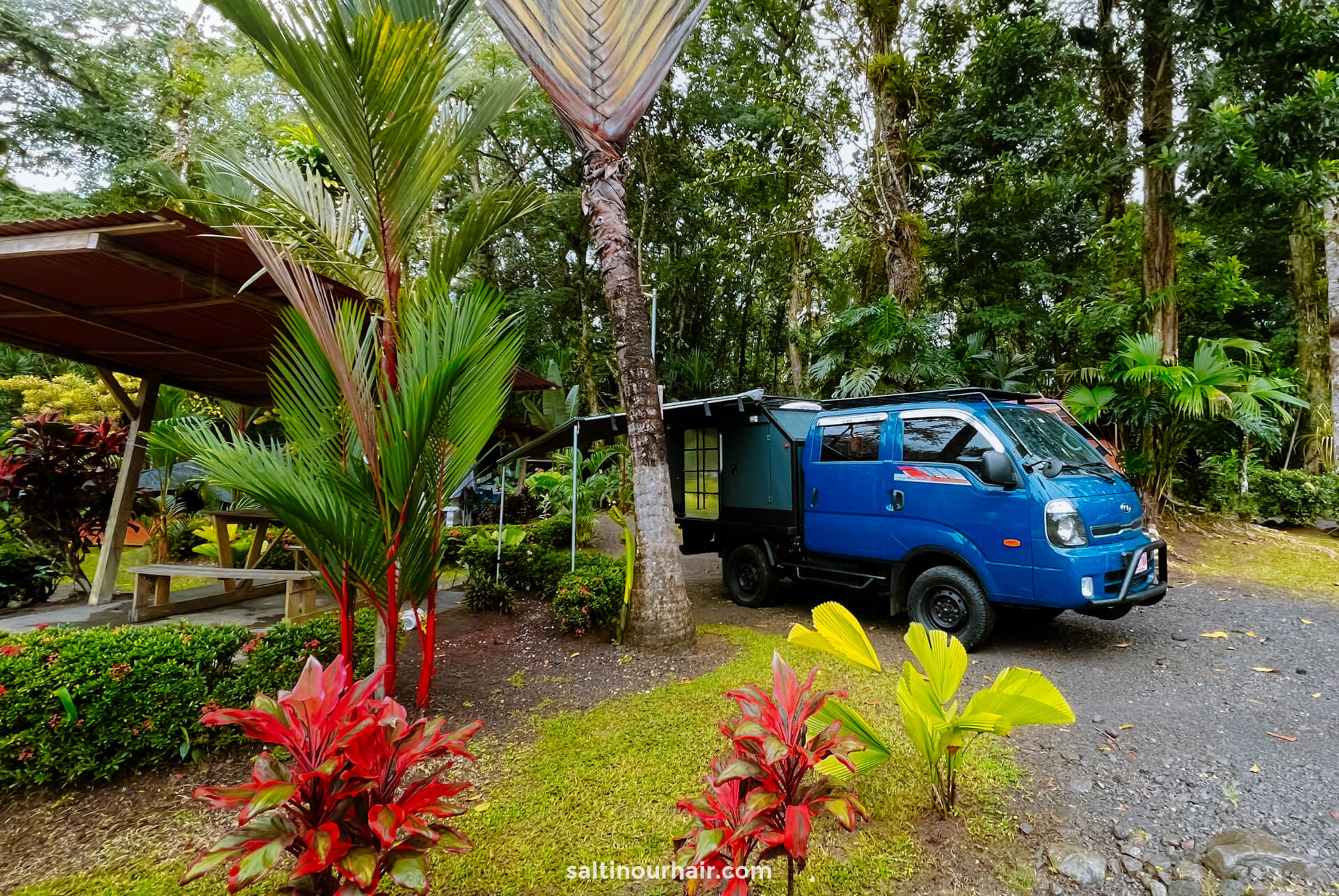
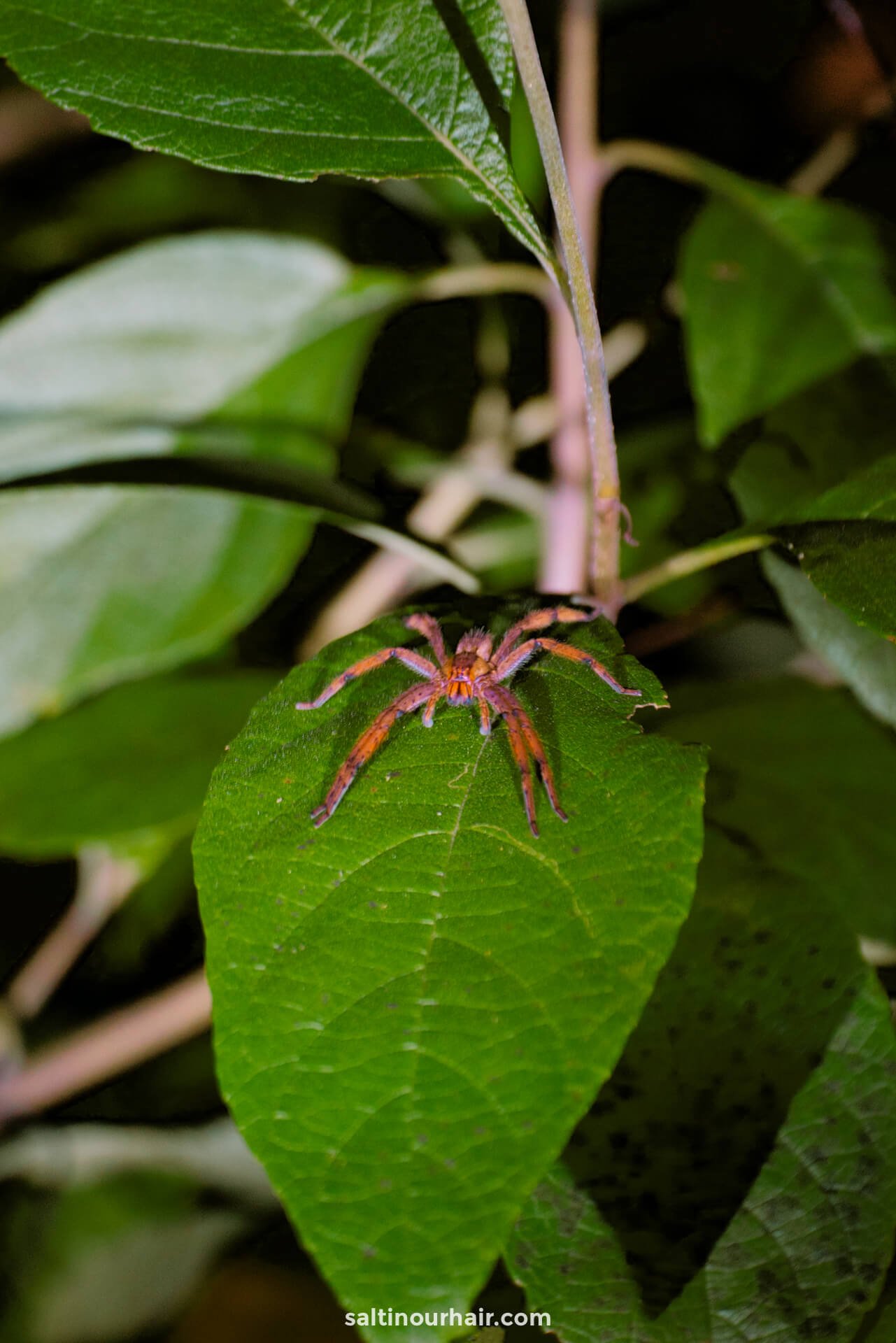
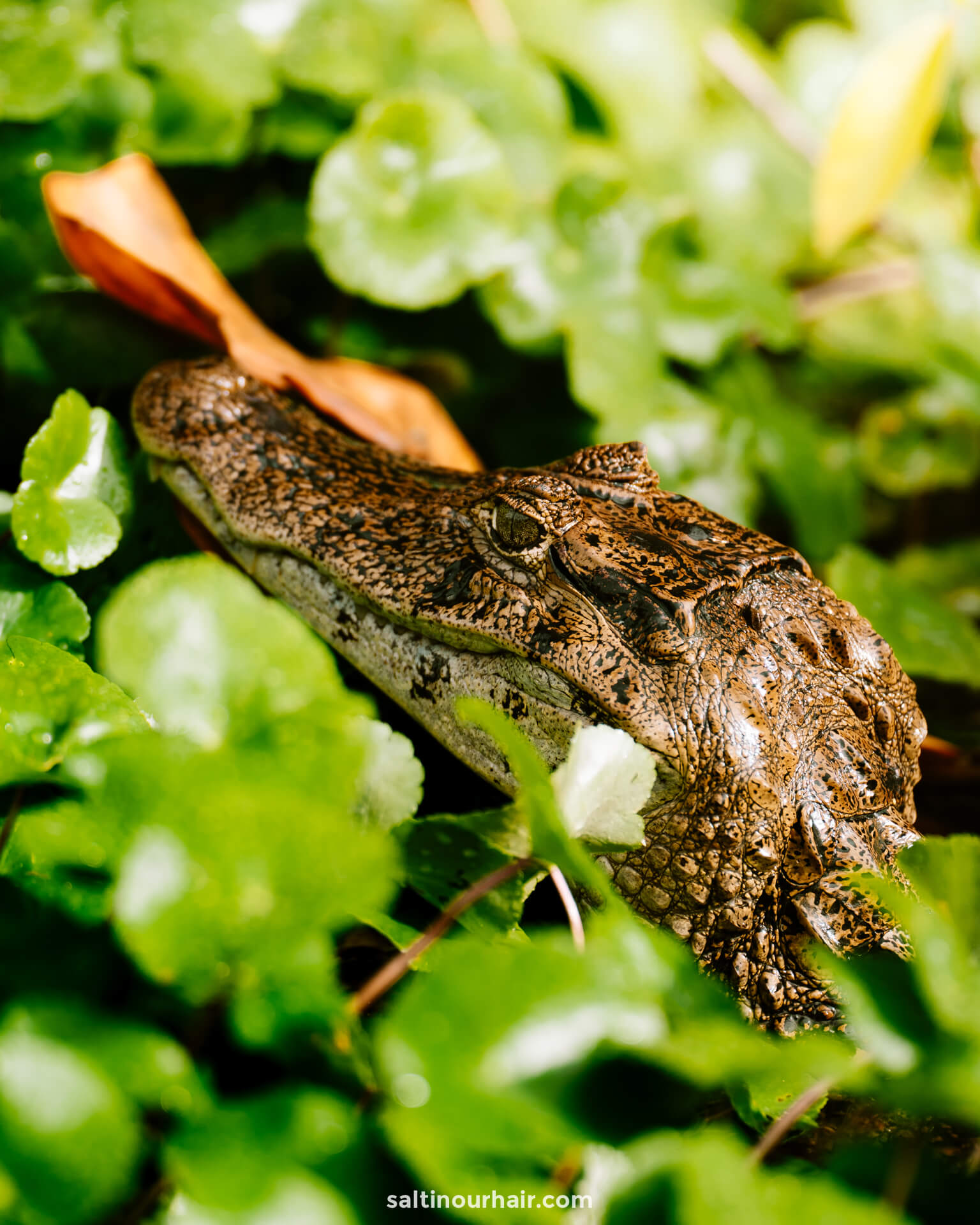
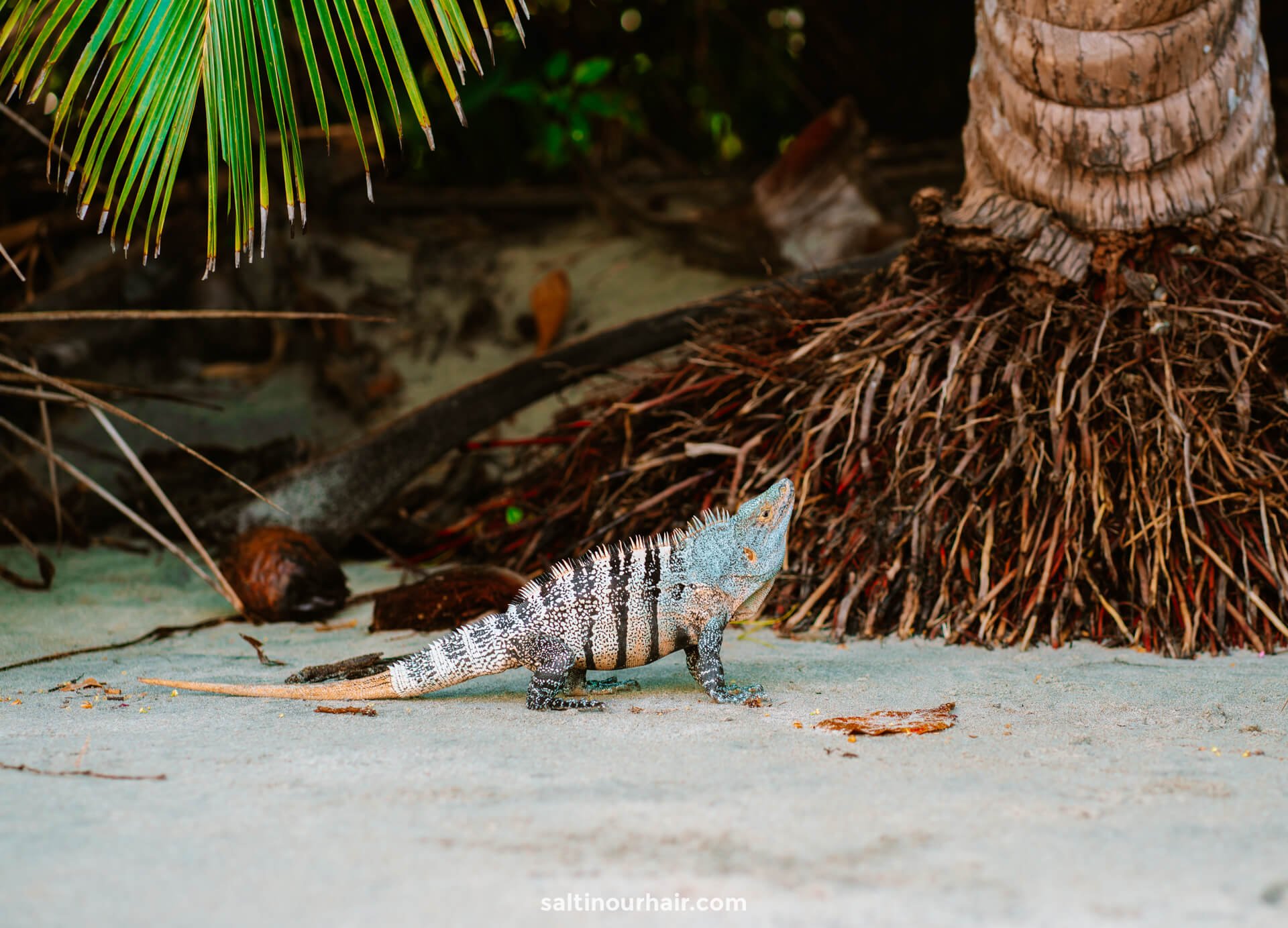
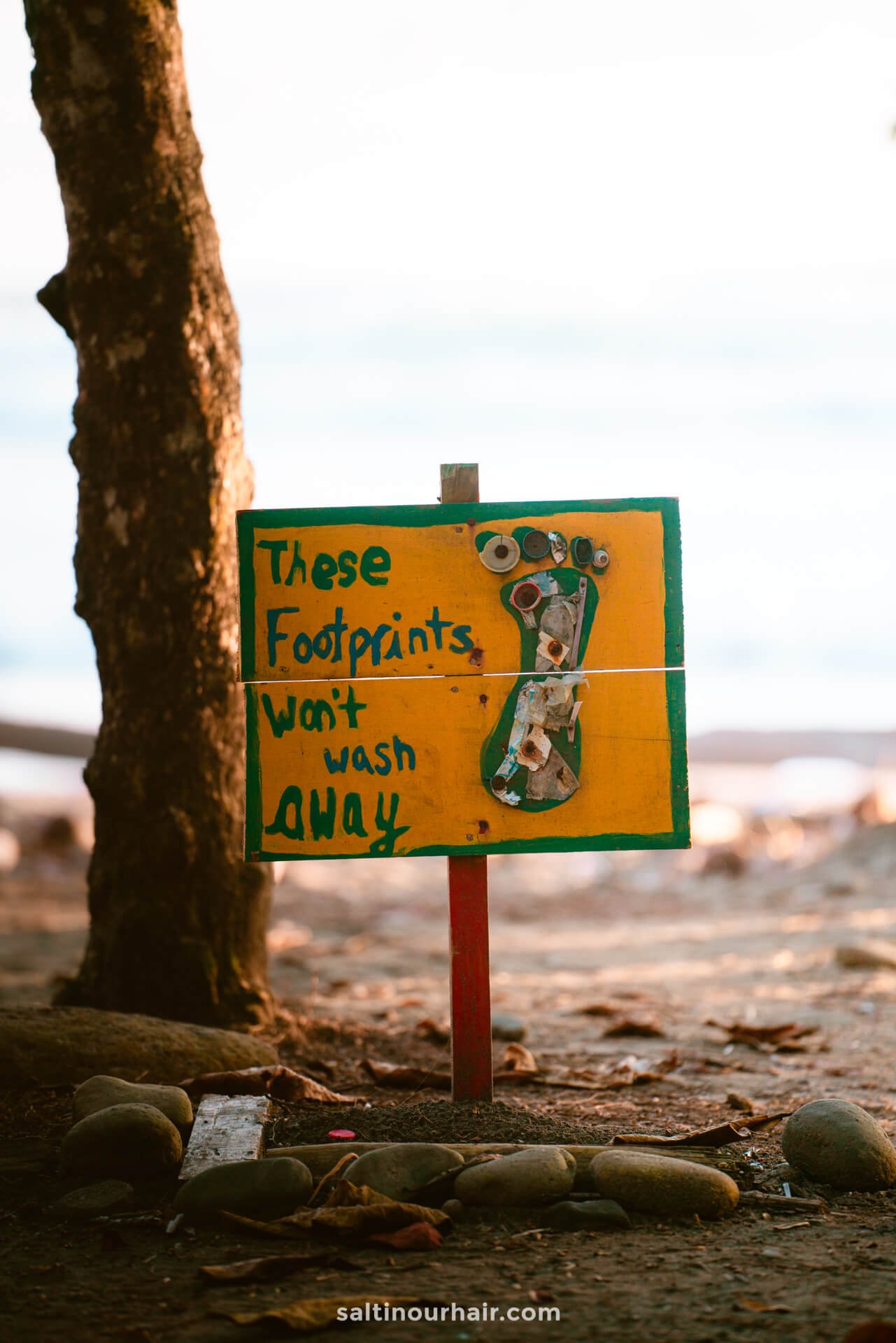
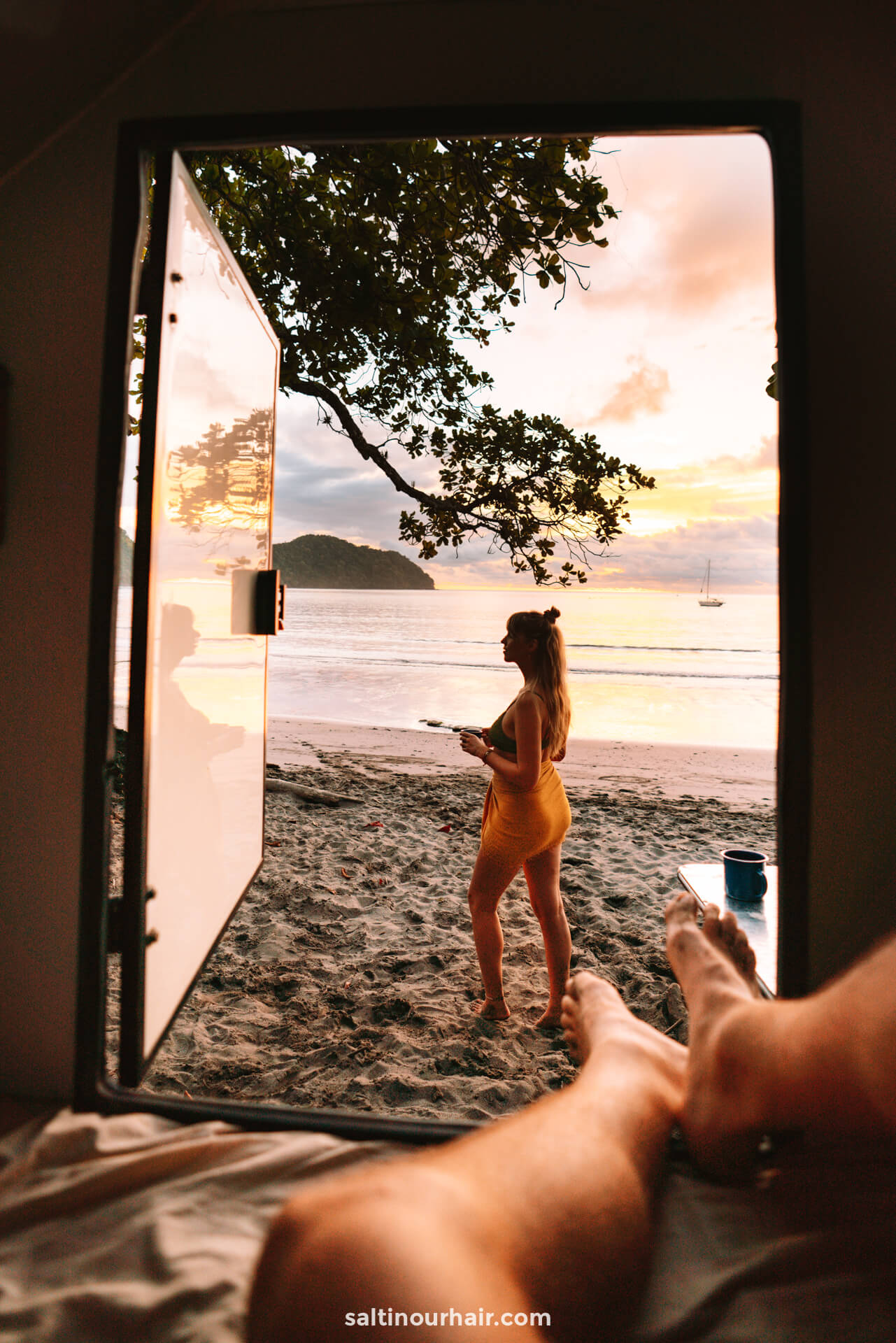
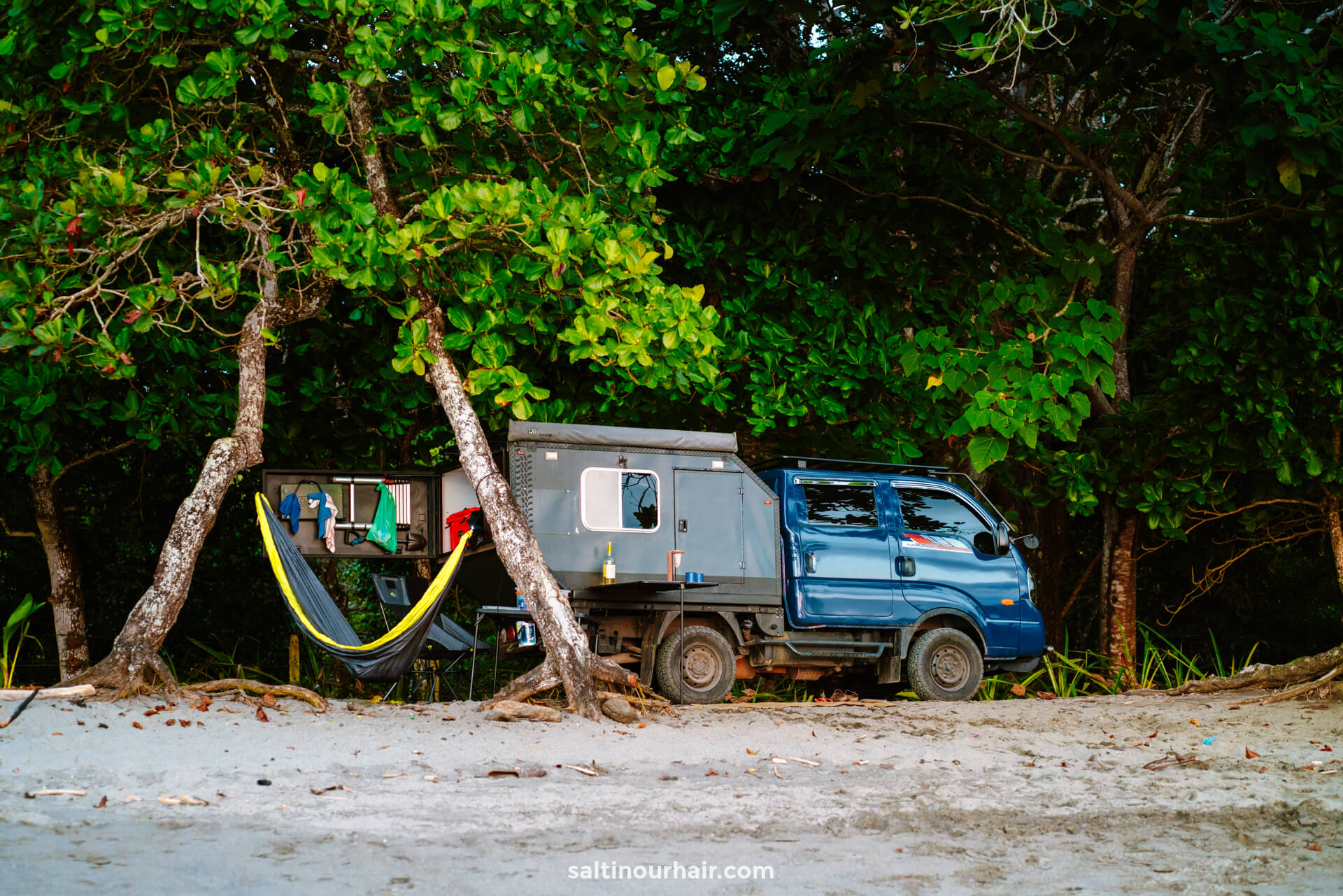

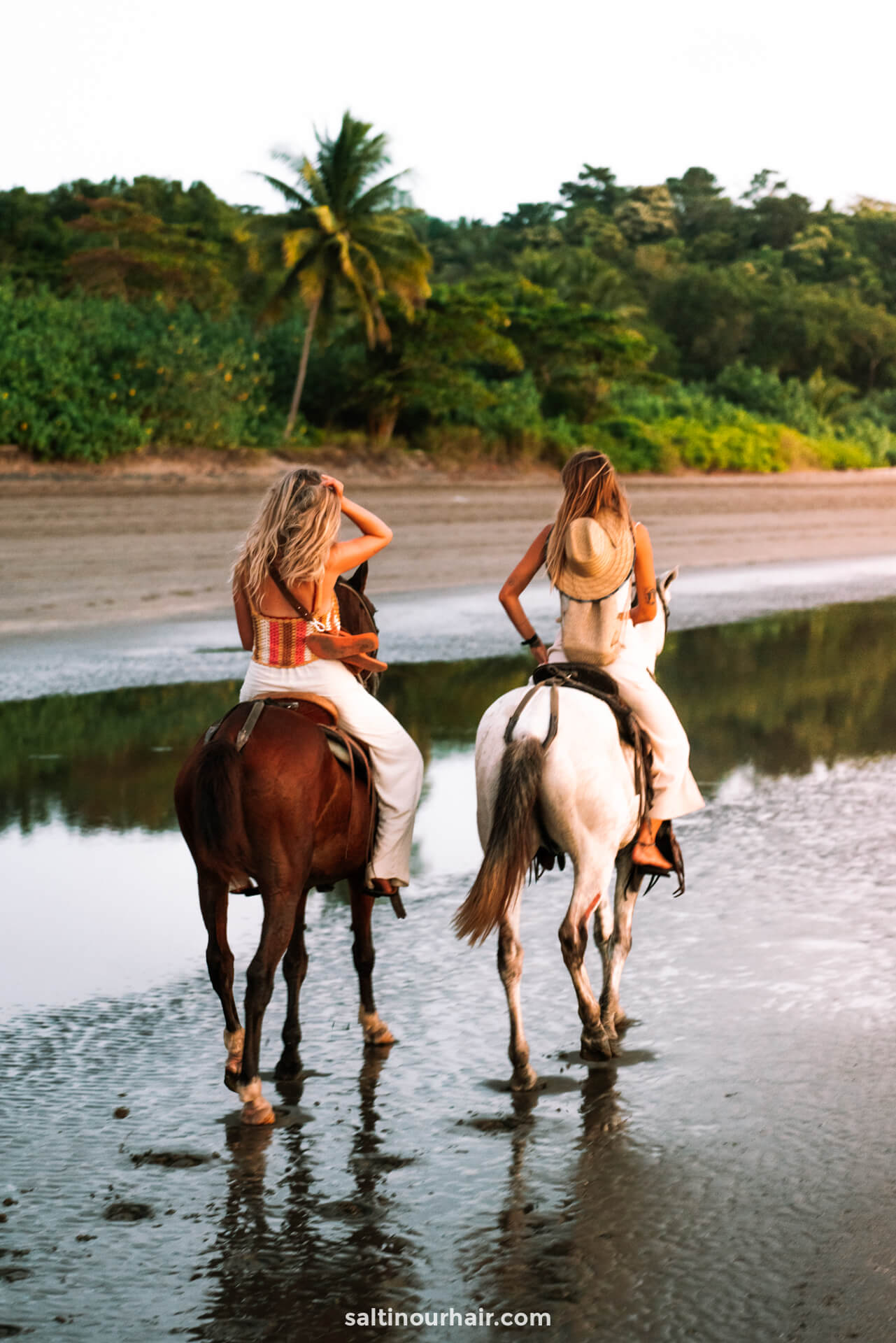
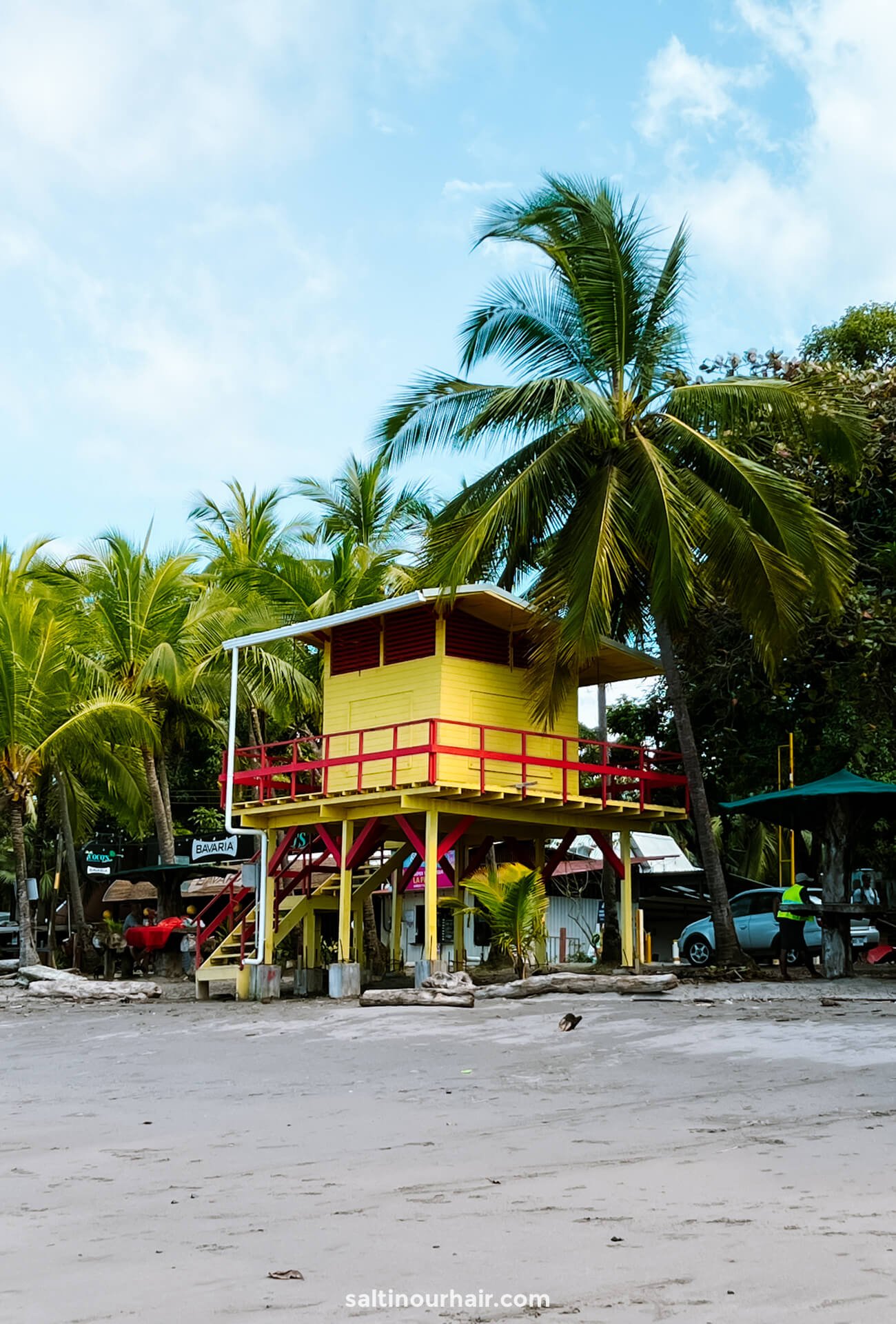

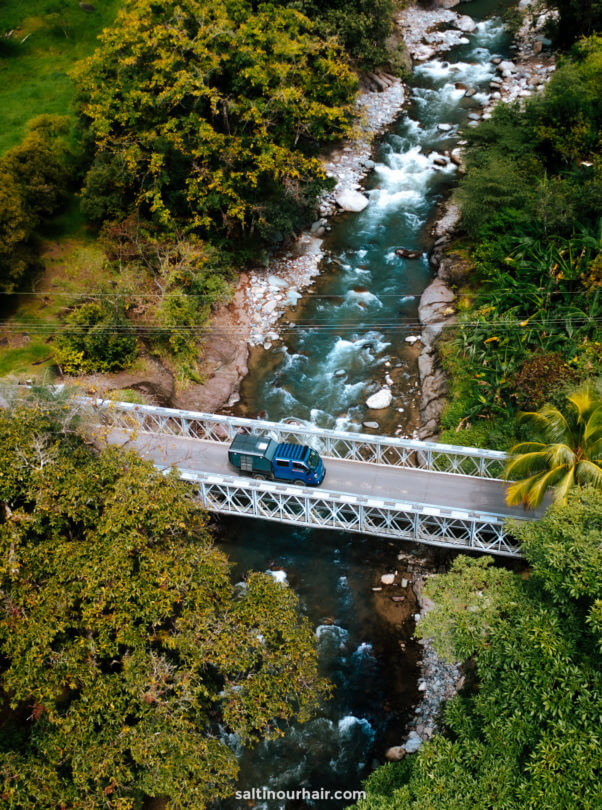
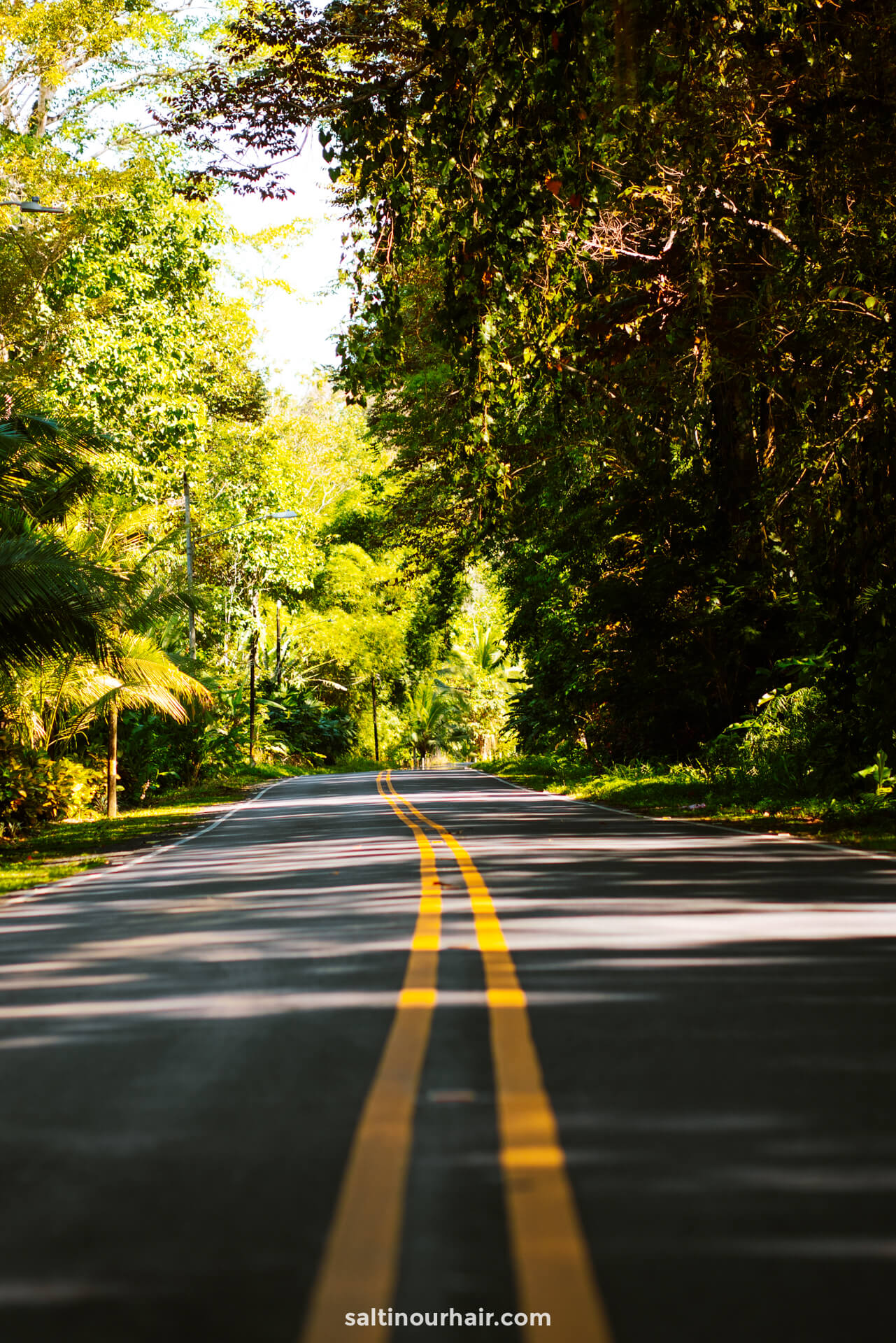
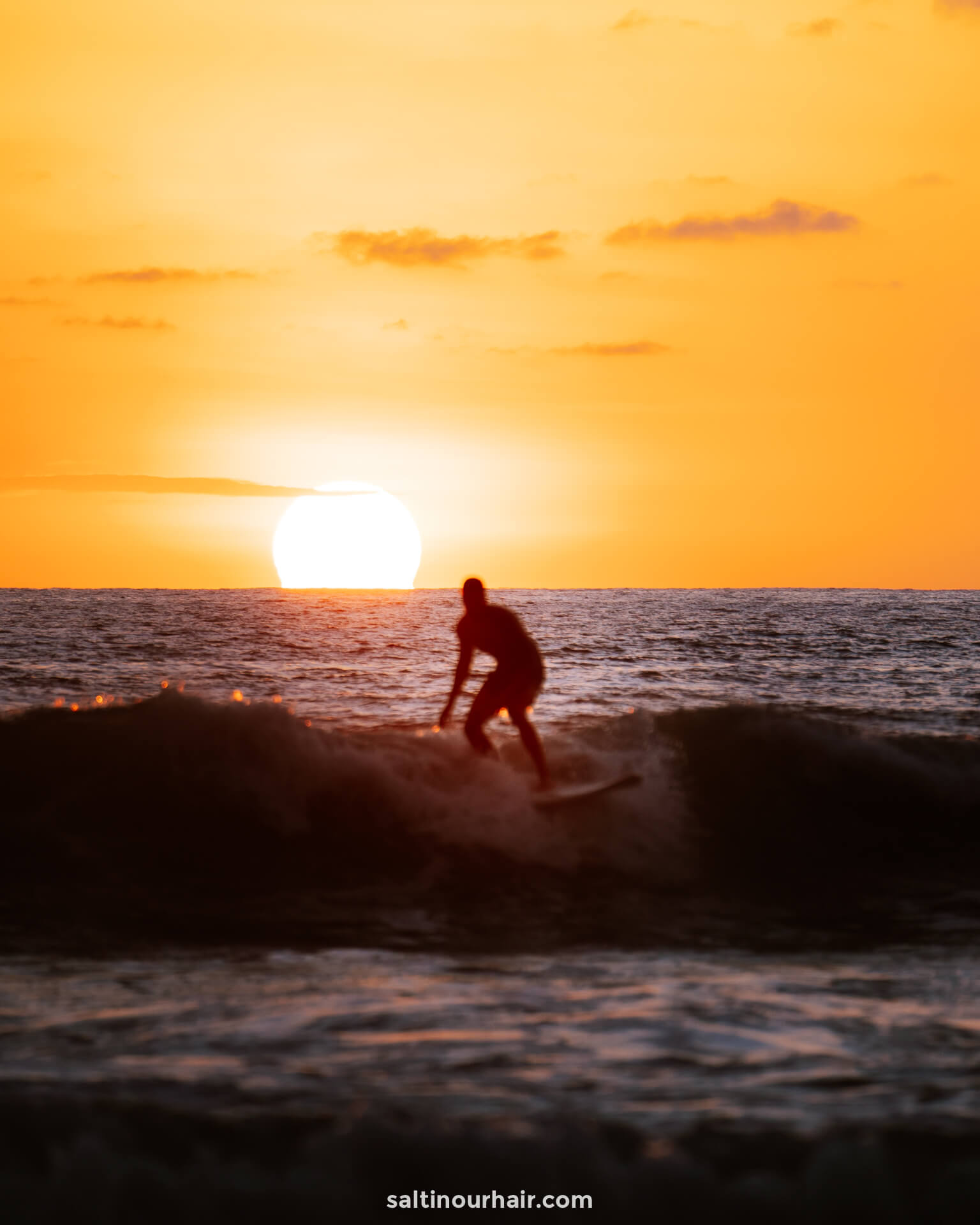
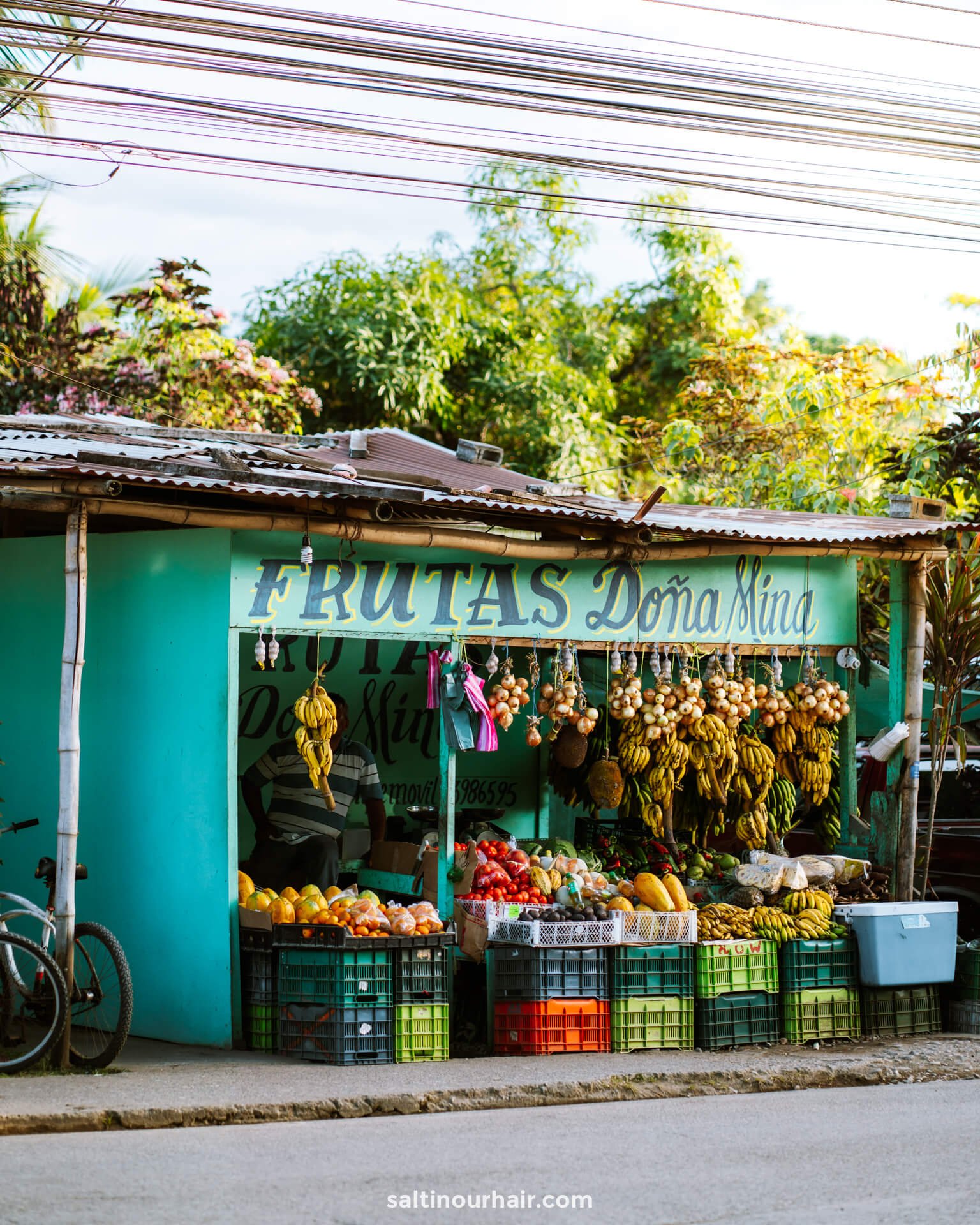
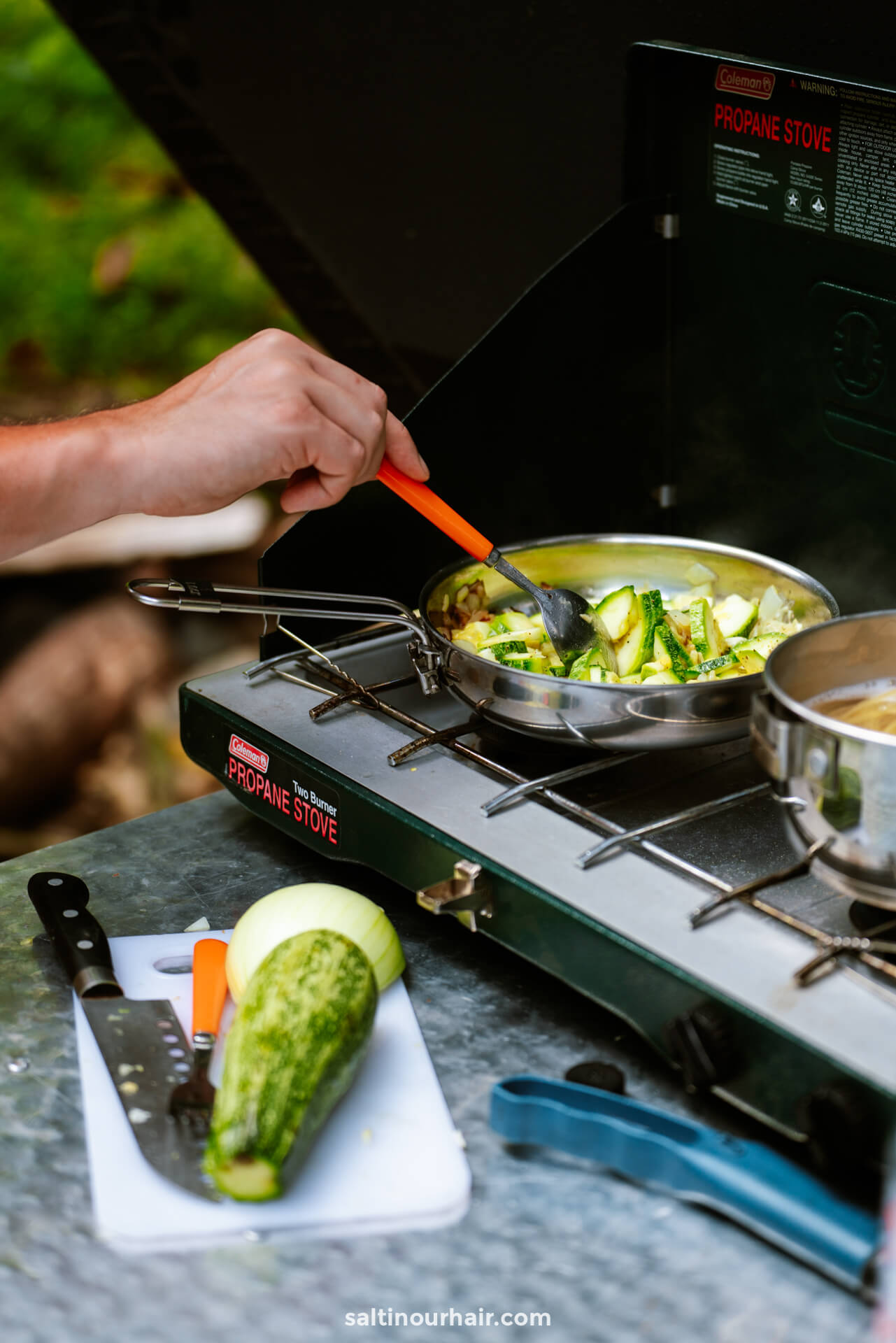


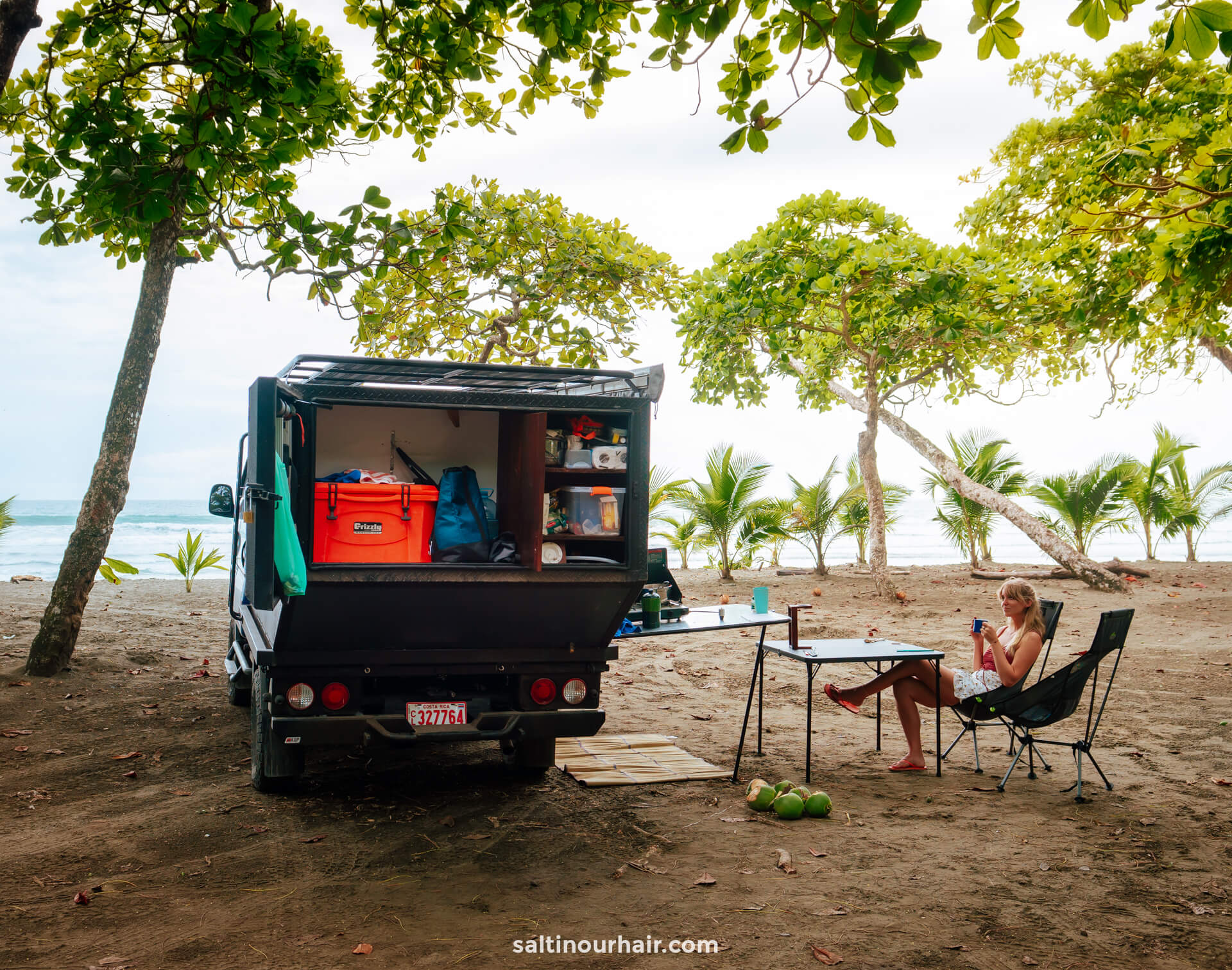
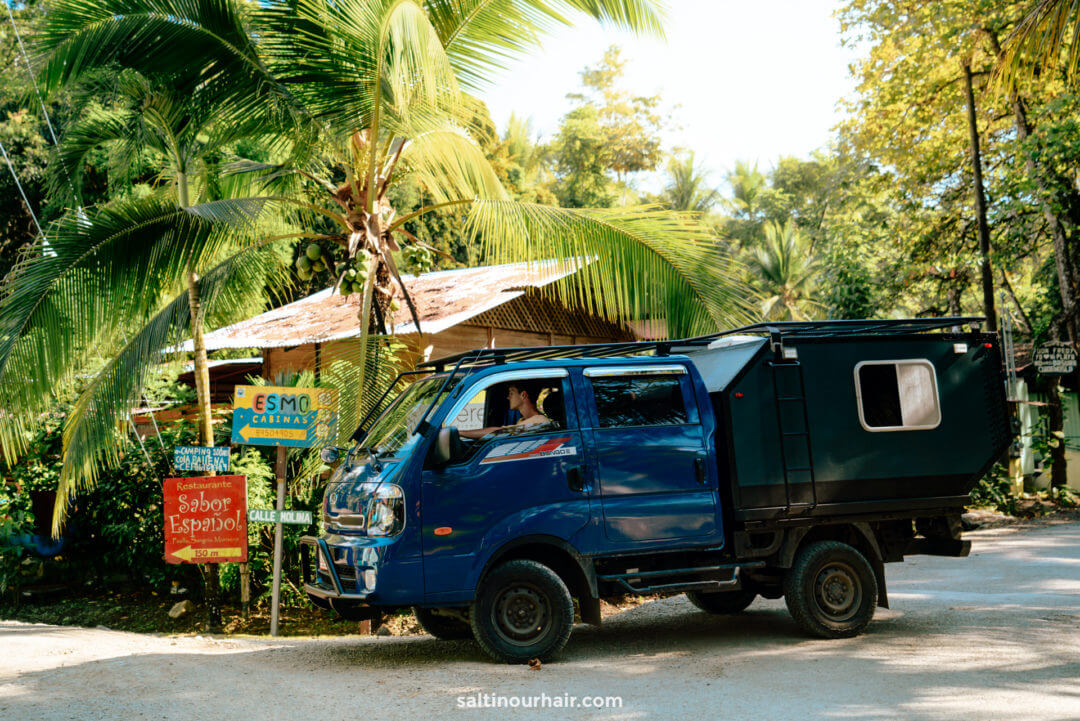
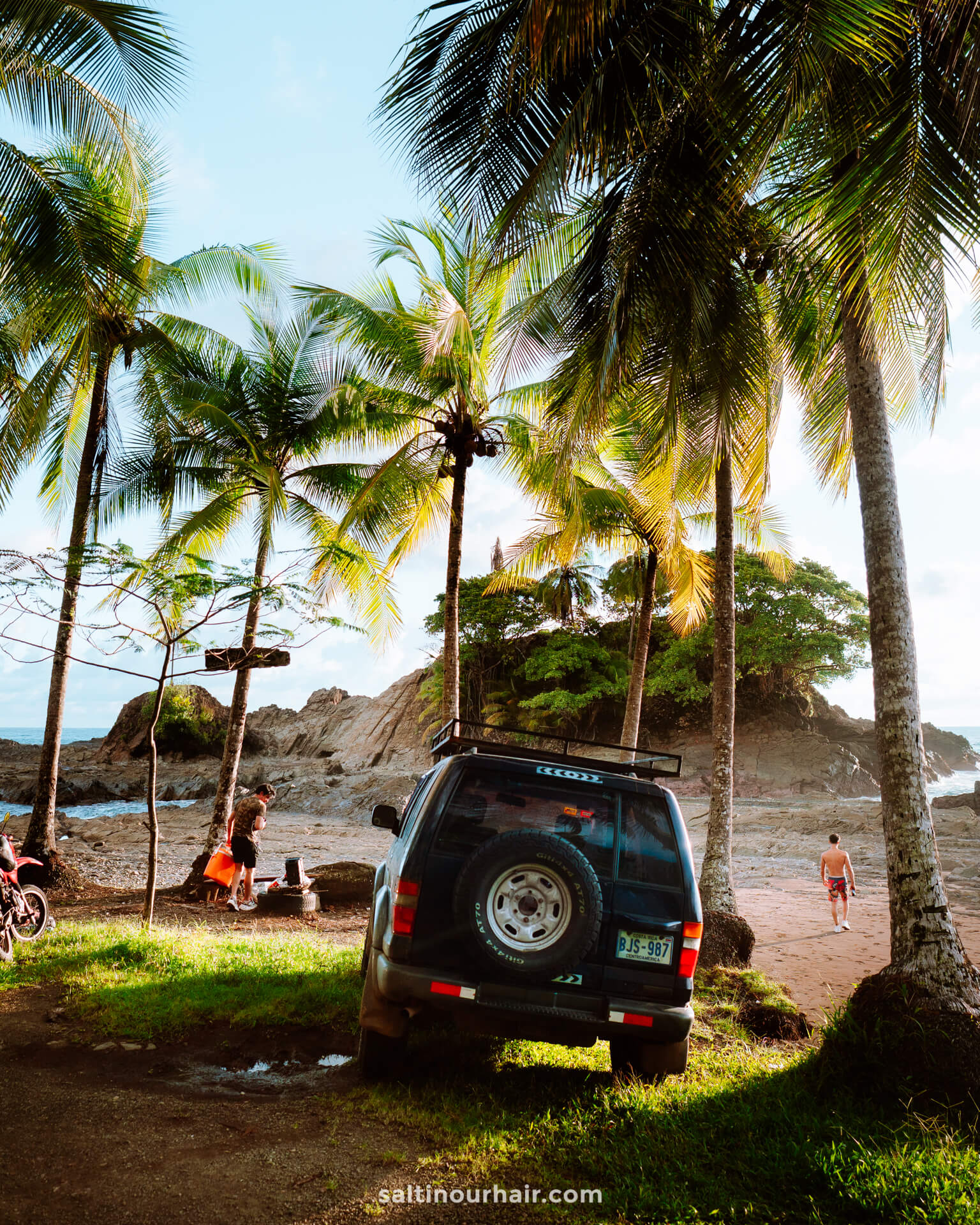

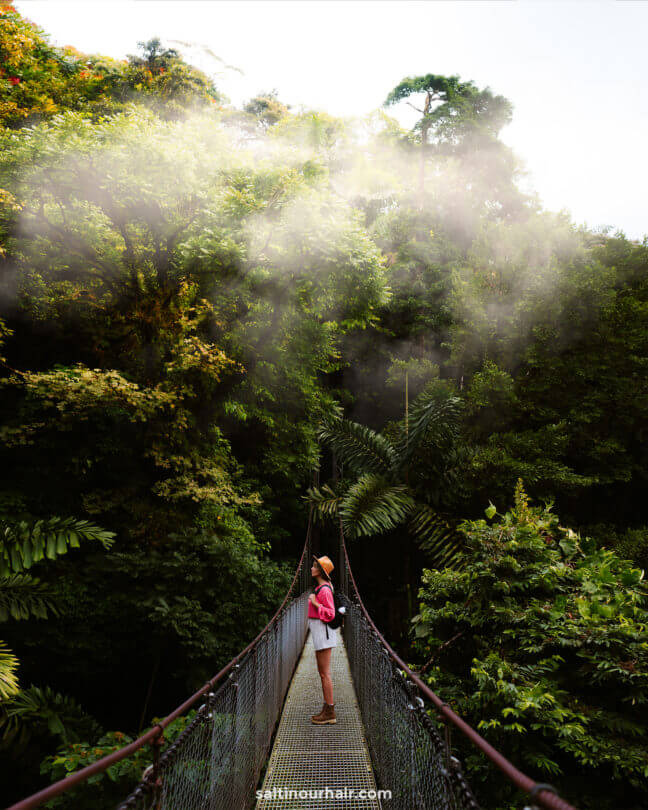
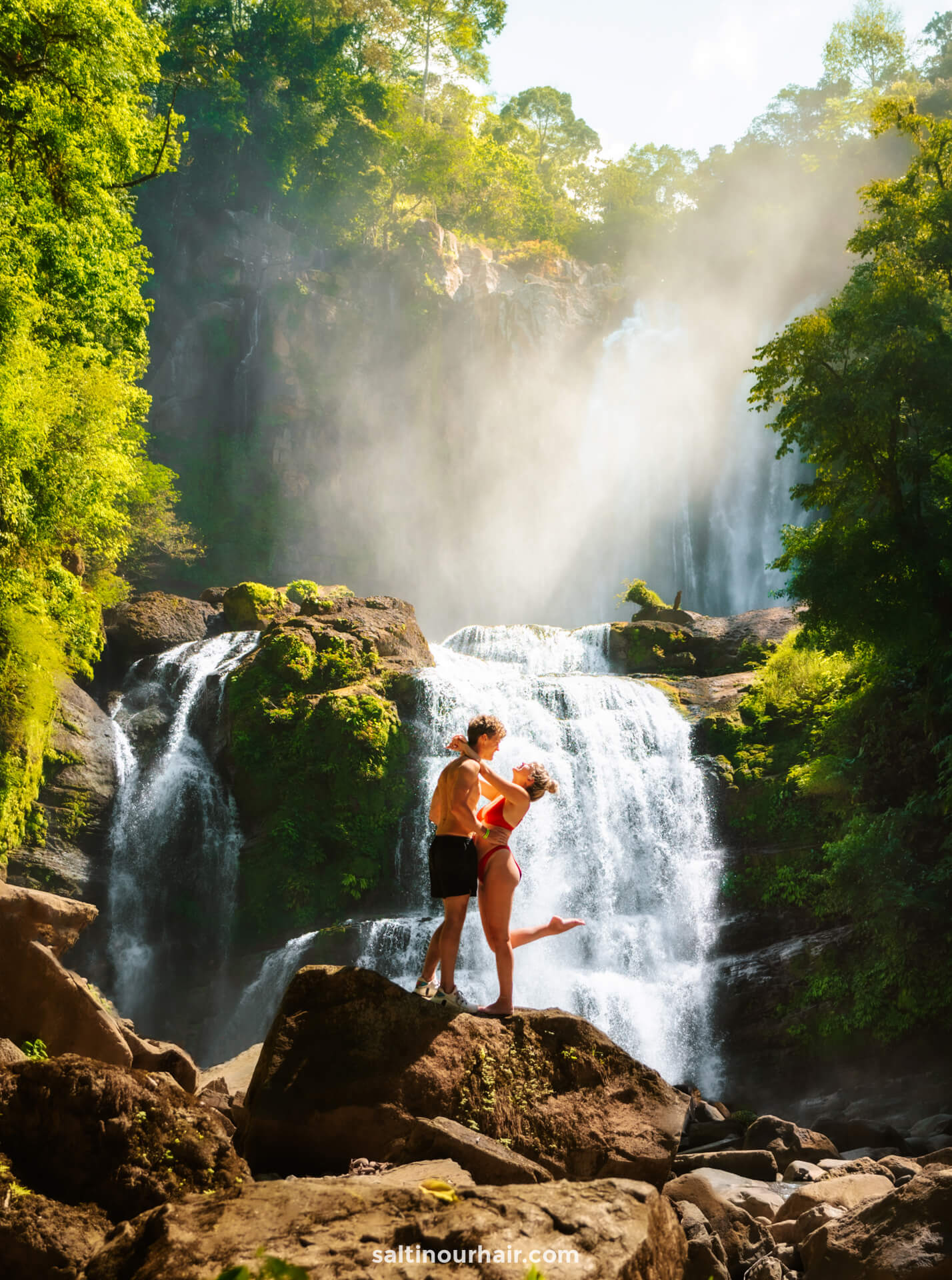
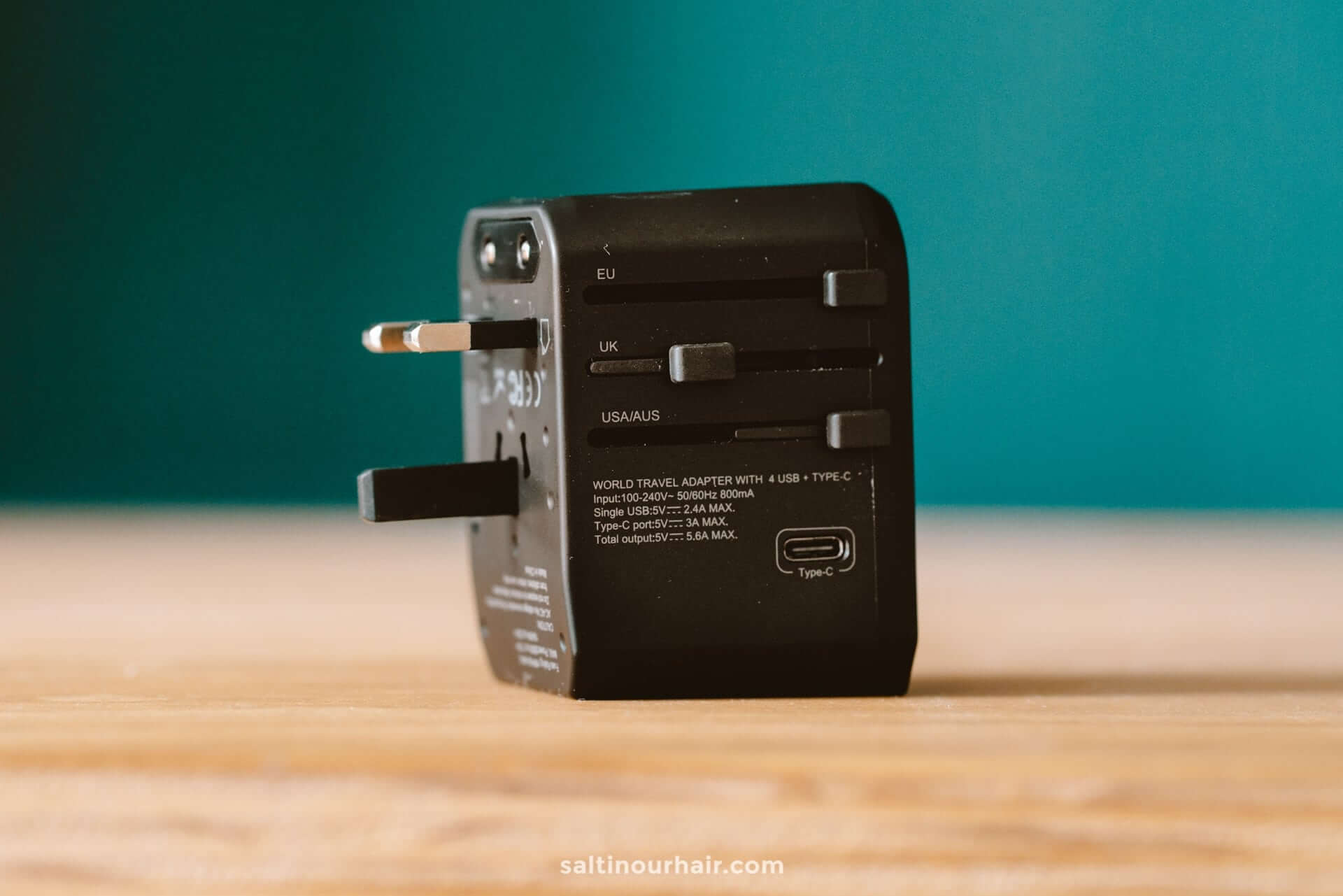
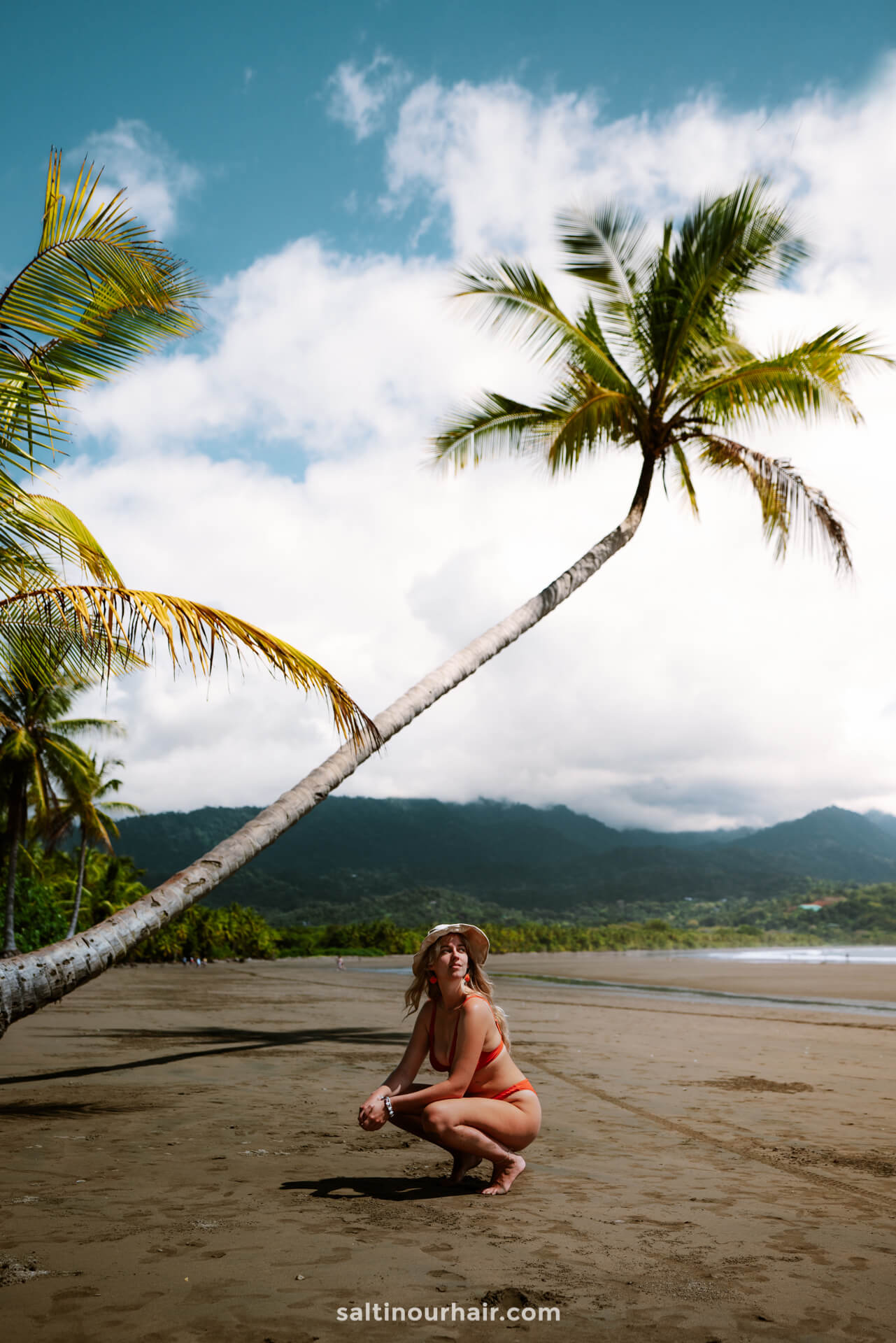


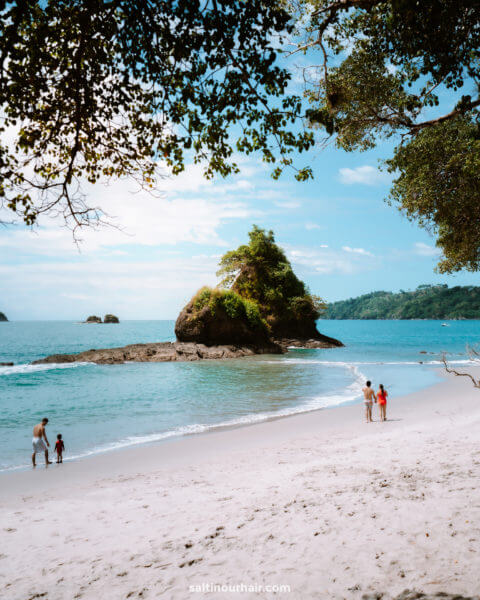


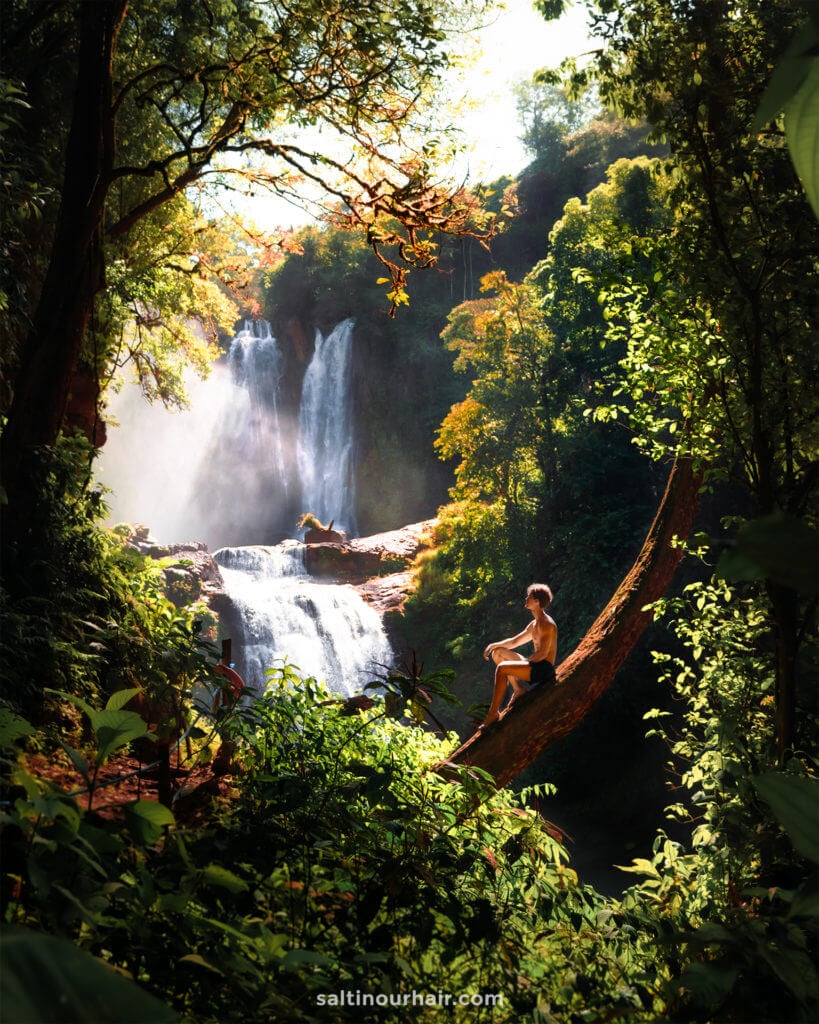

We are renting this Kia for two weeks next month.
Did you find that the size limited your ability to get to more remote places at all?
Also, we won’t have time to hit all three areas on your three week itinerary, but they are the three we looking at. If you had to skip one, which one would it be?
Thanks so much for any info!
Hi Bex, no not at all! It was very much capable of taking us everywhere. RE the 3 week costa rica itinerary; I am not fully sure what you mean by areas but if i’d have to skip some i’d say: Santa Teresa is not a must as other spots offer the same atmosphere. You’ll save quite a few days by cutting that out. Enjoy!